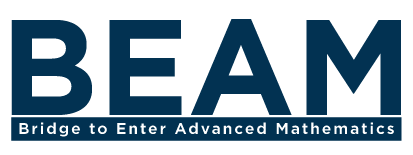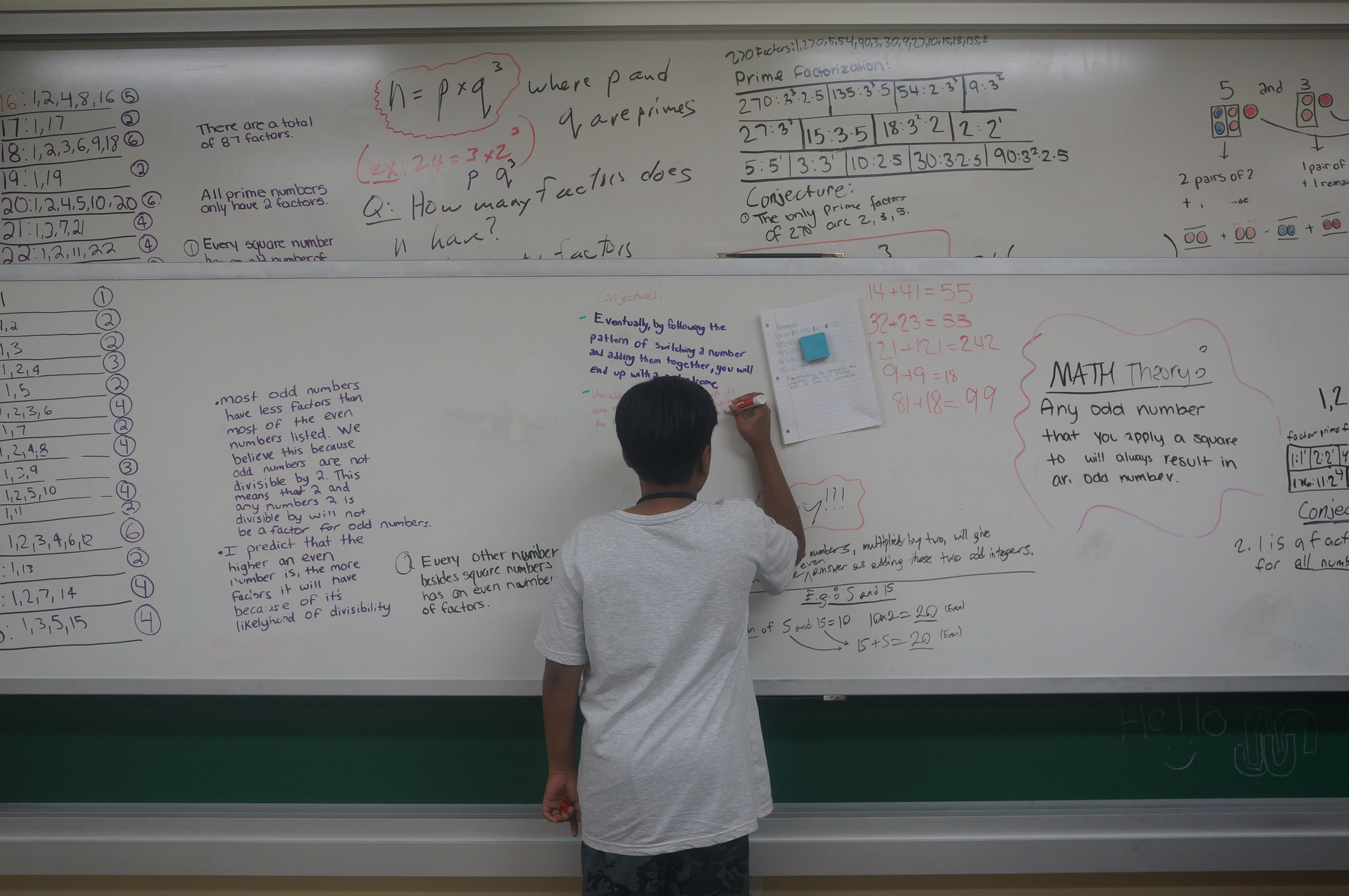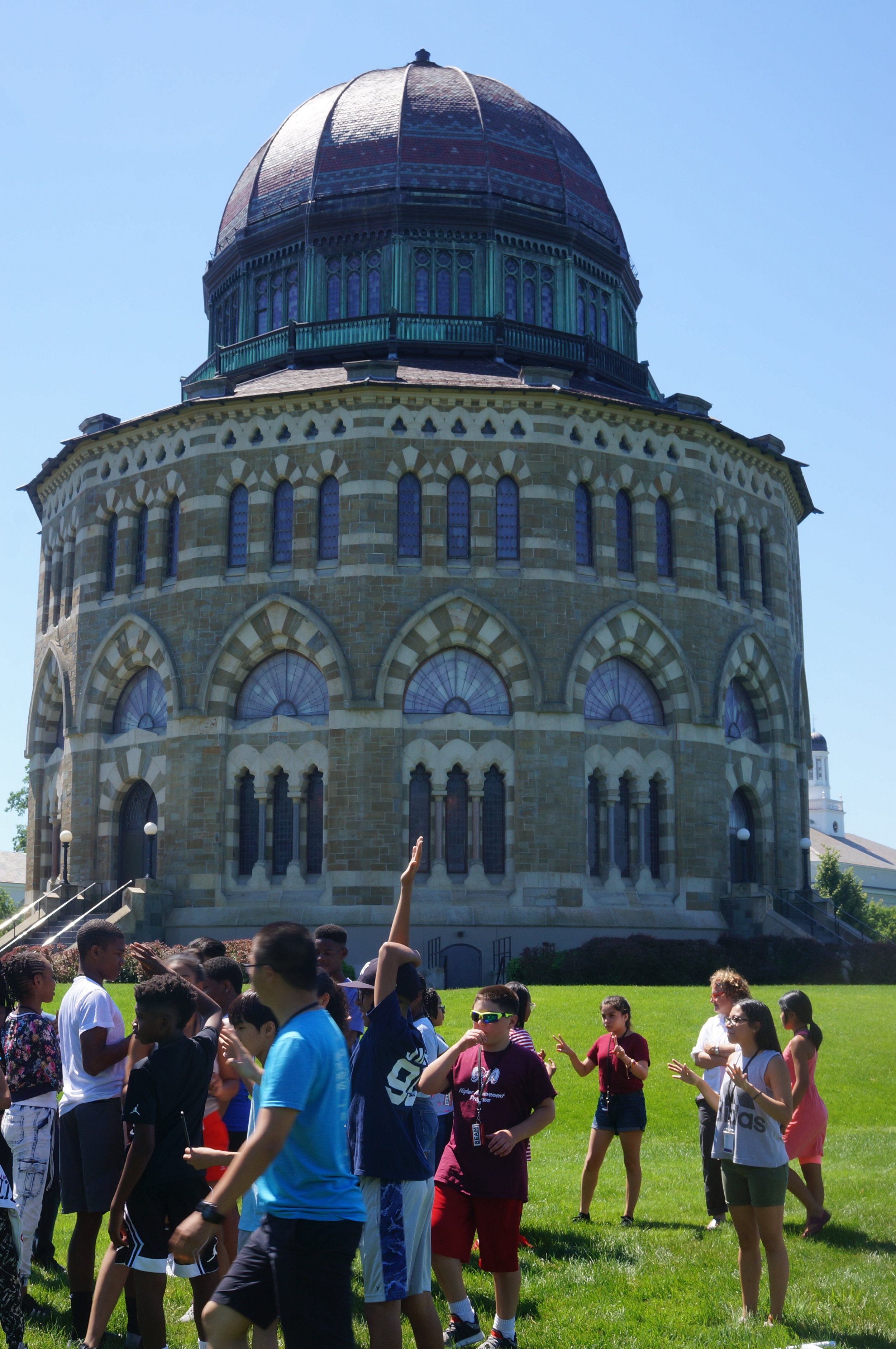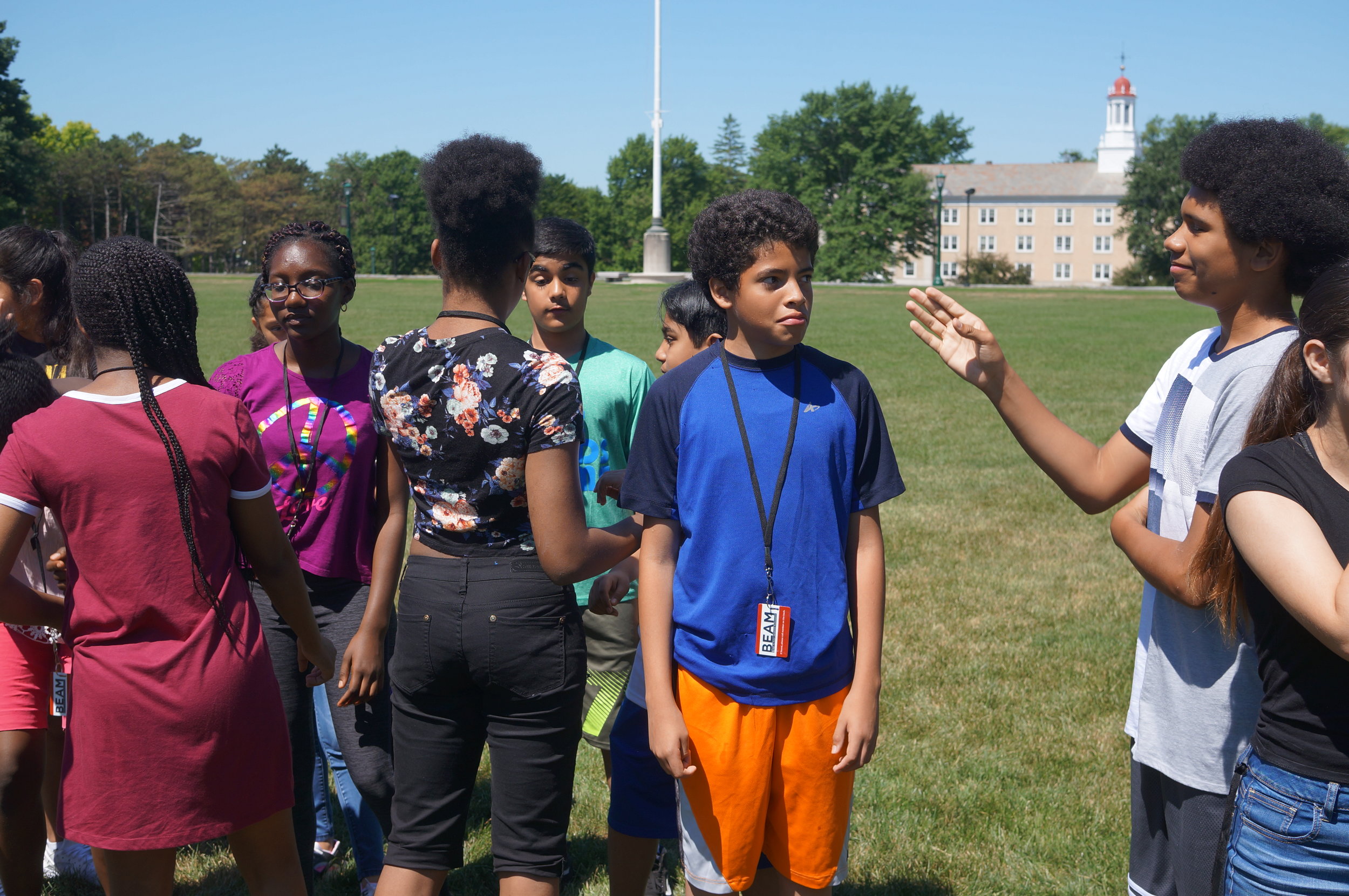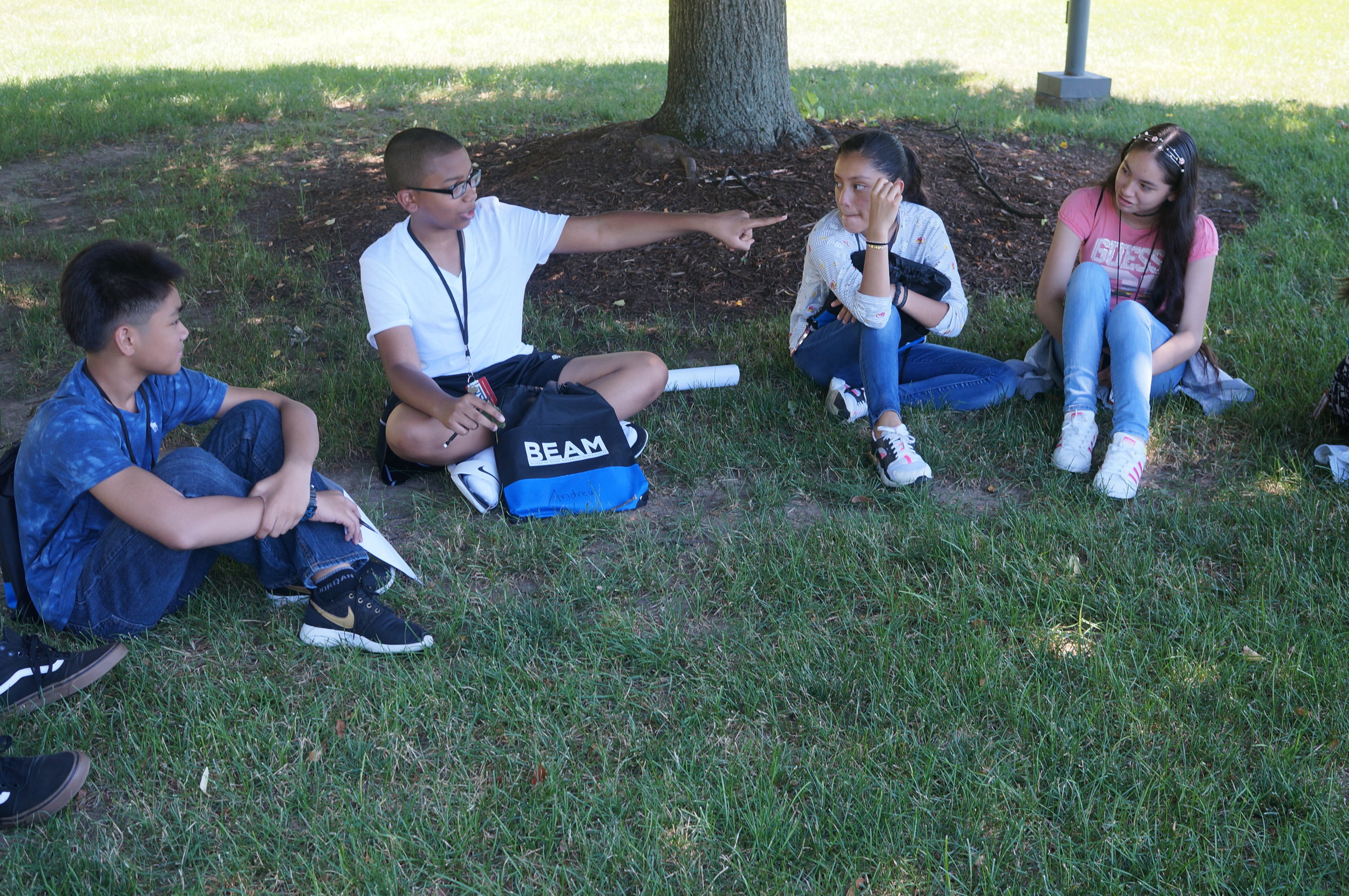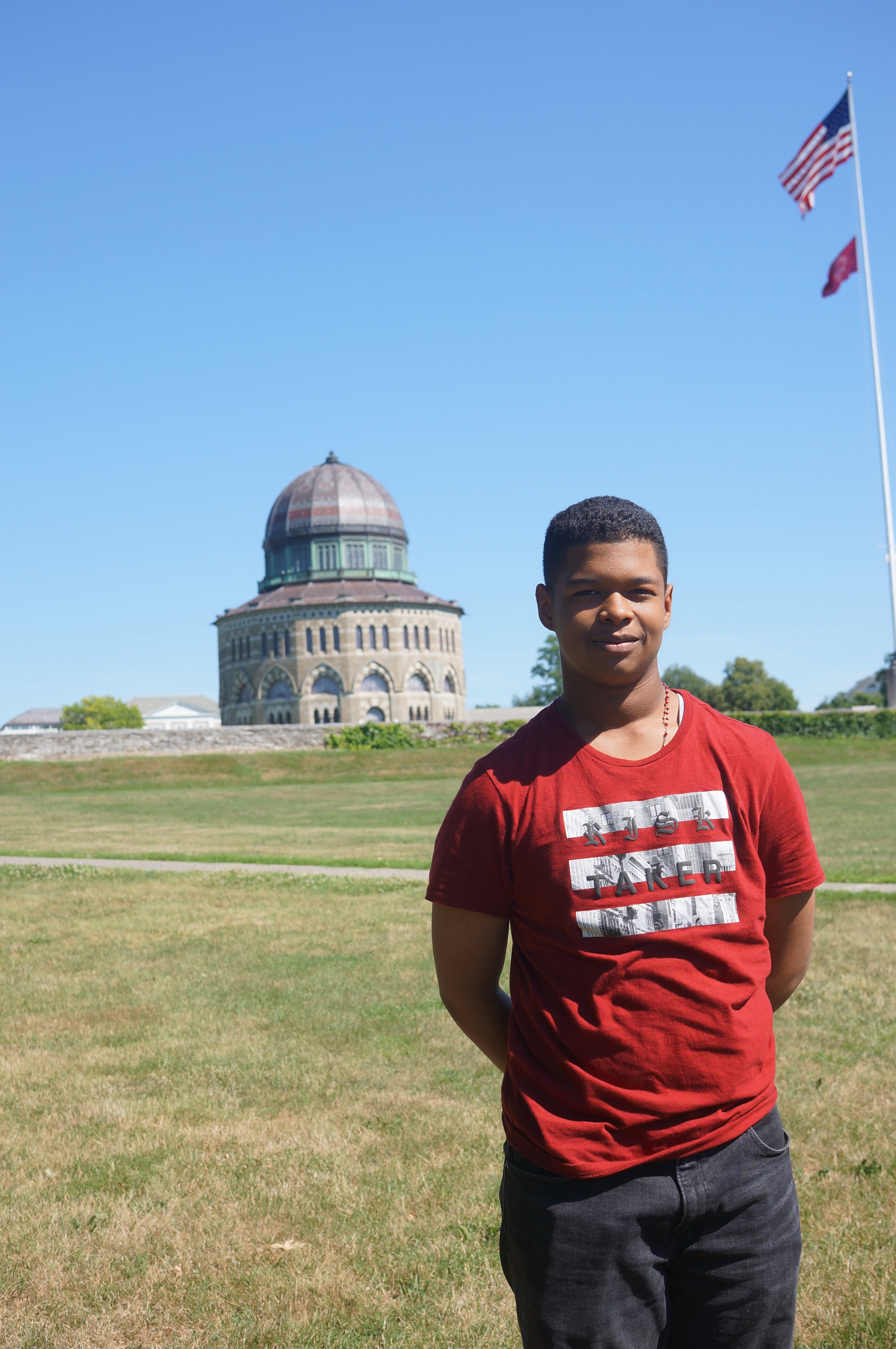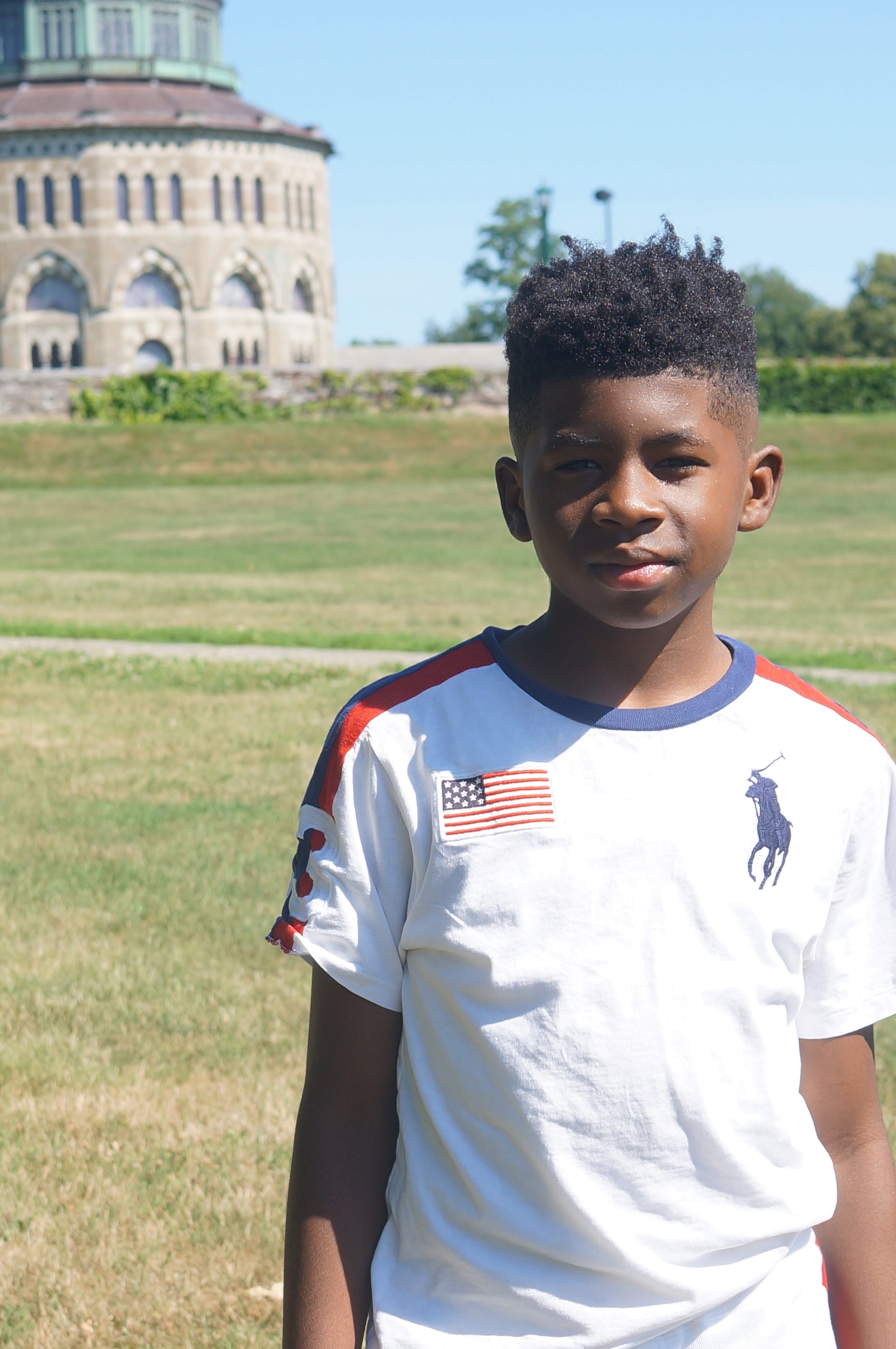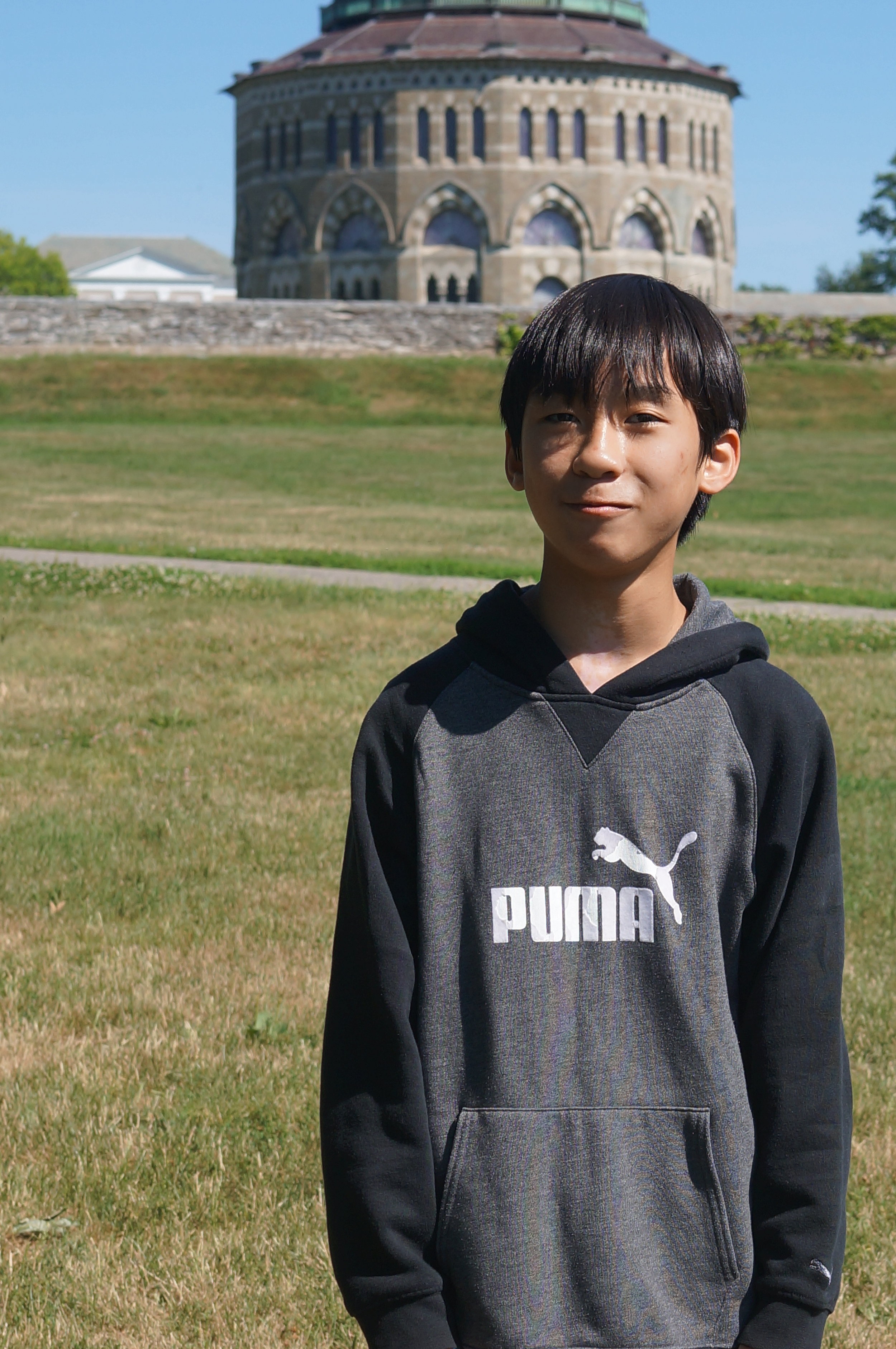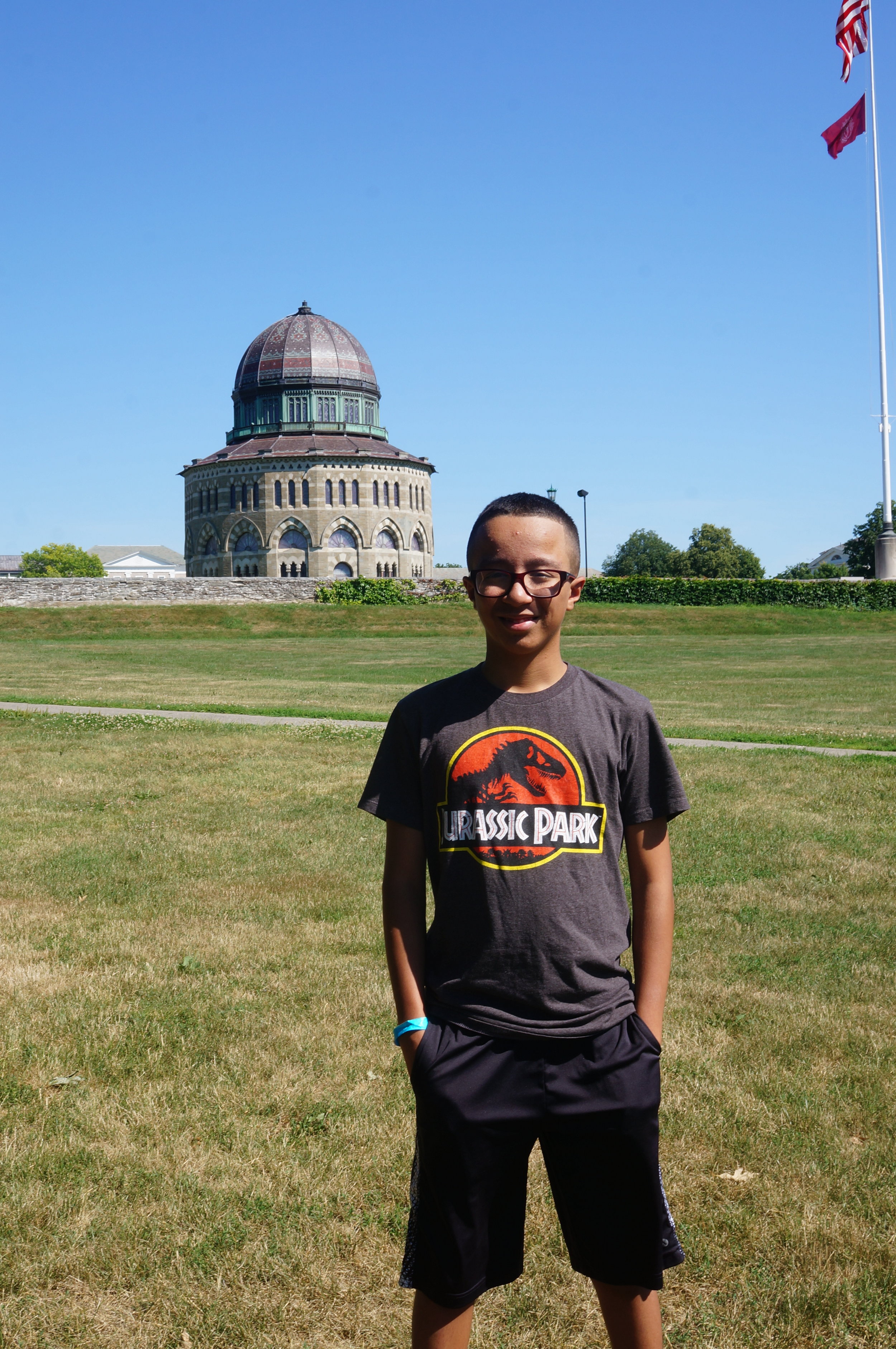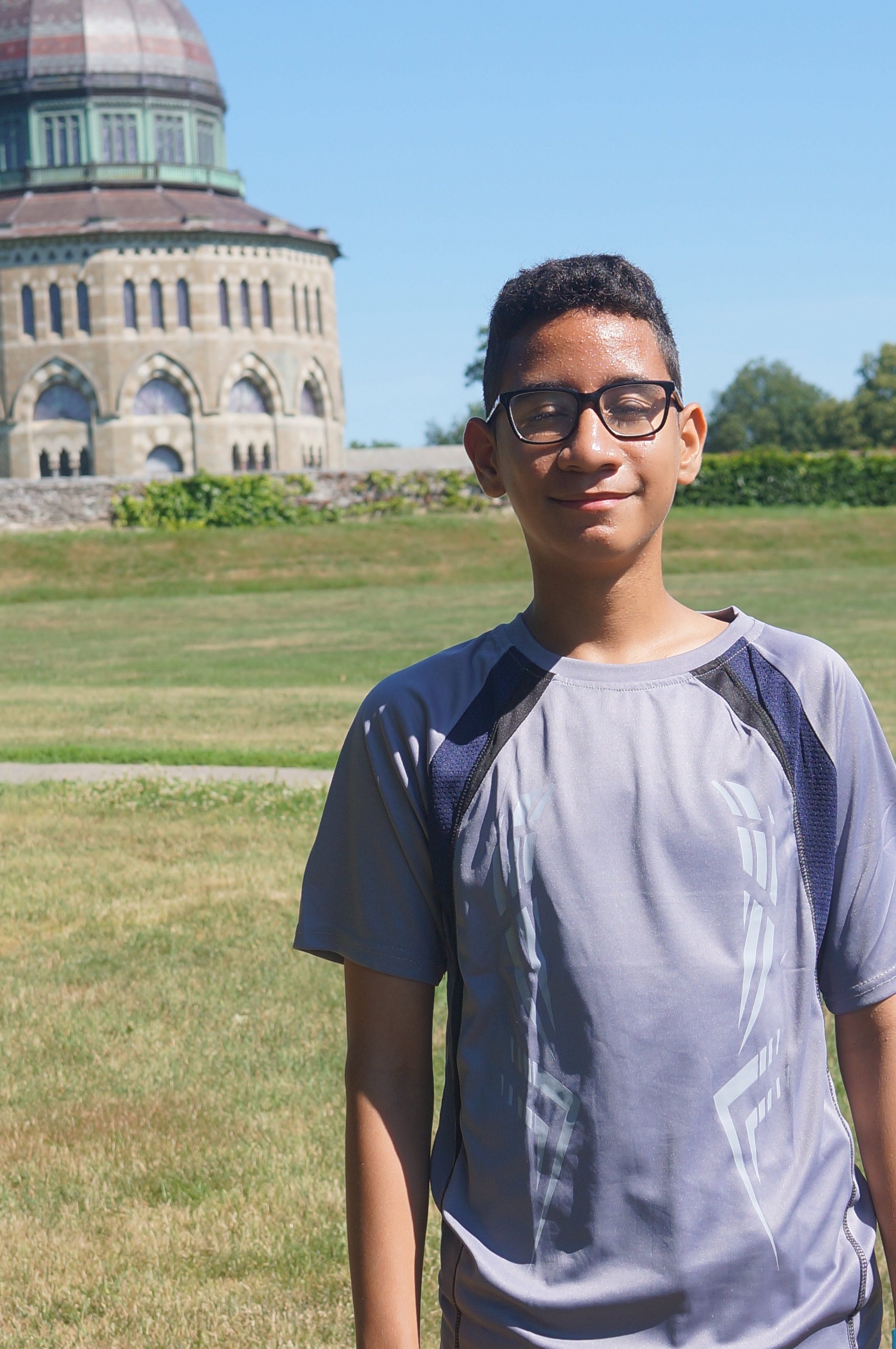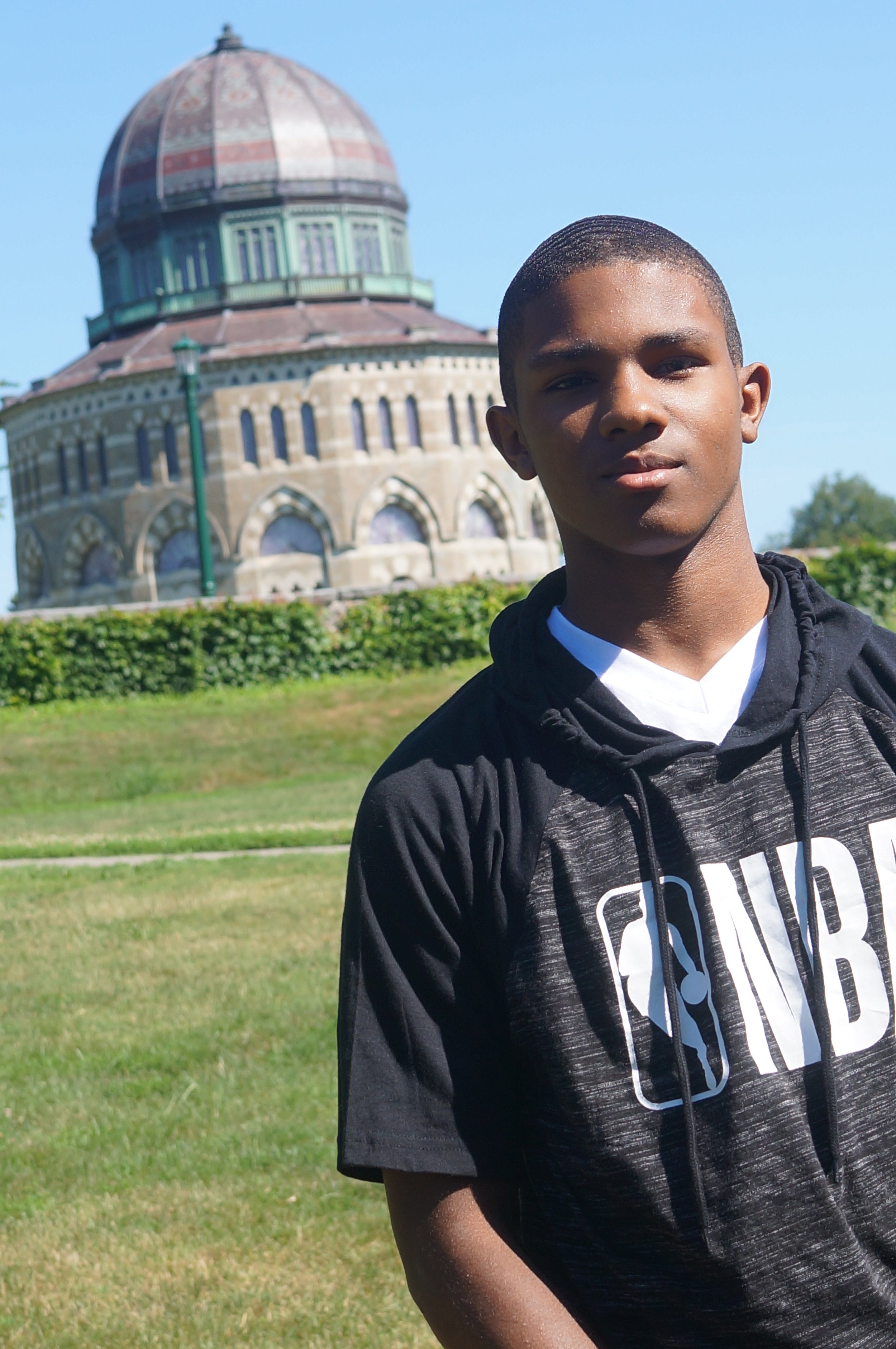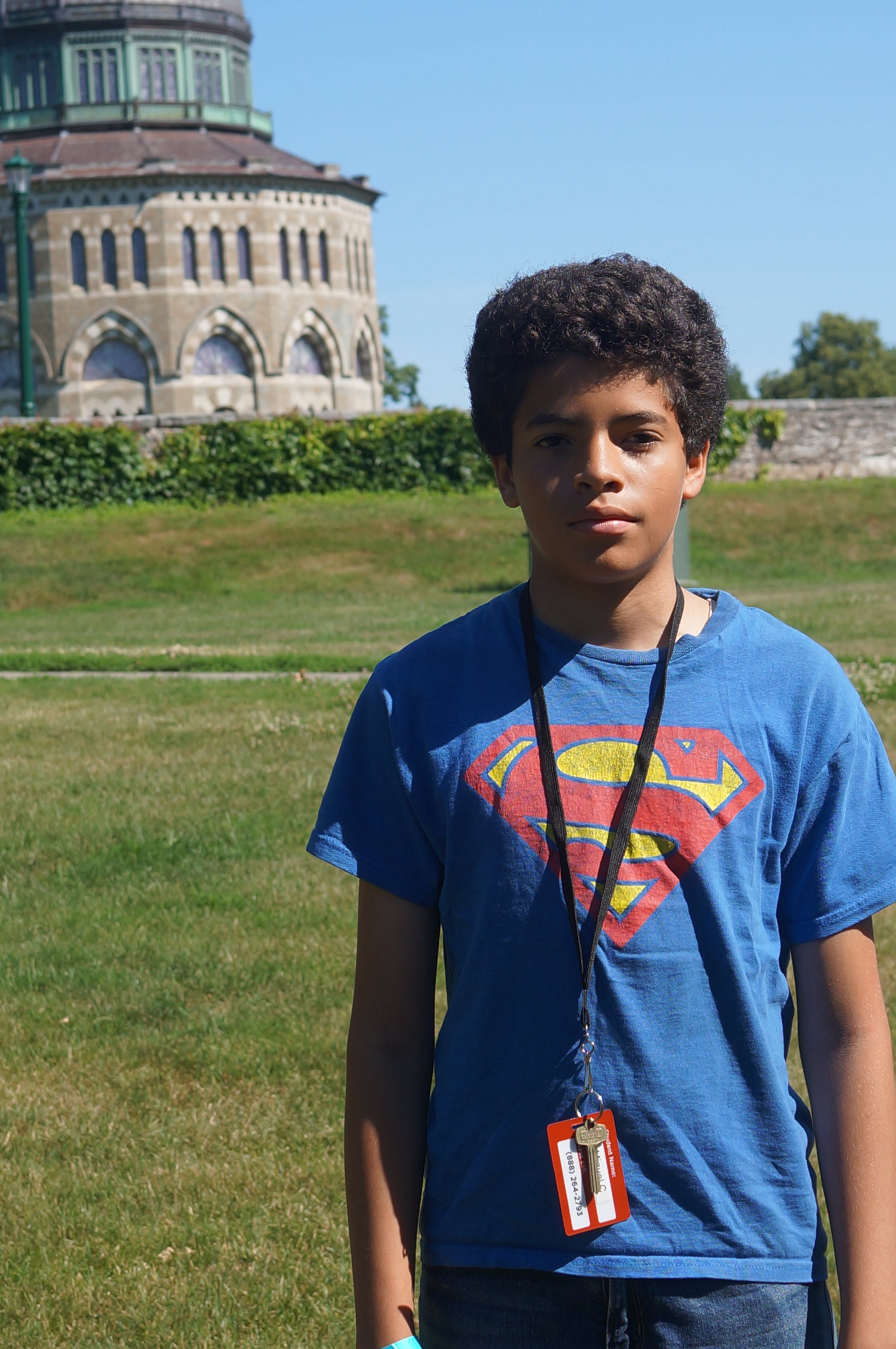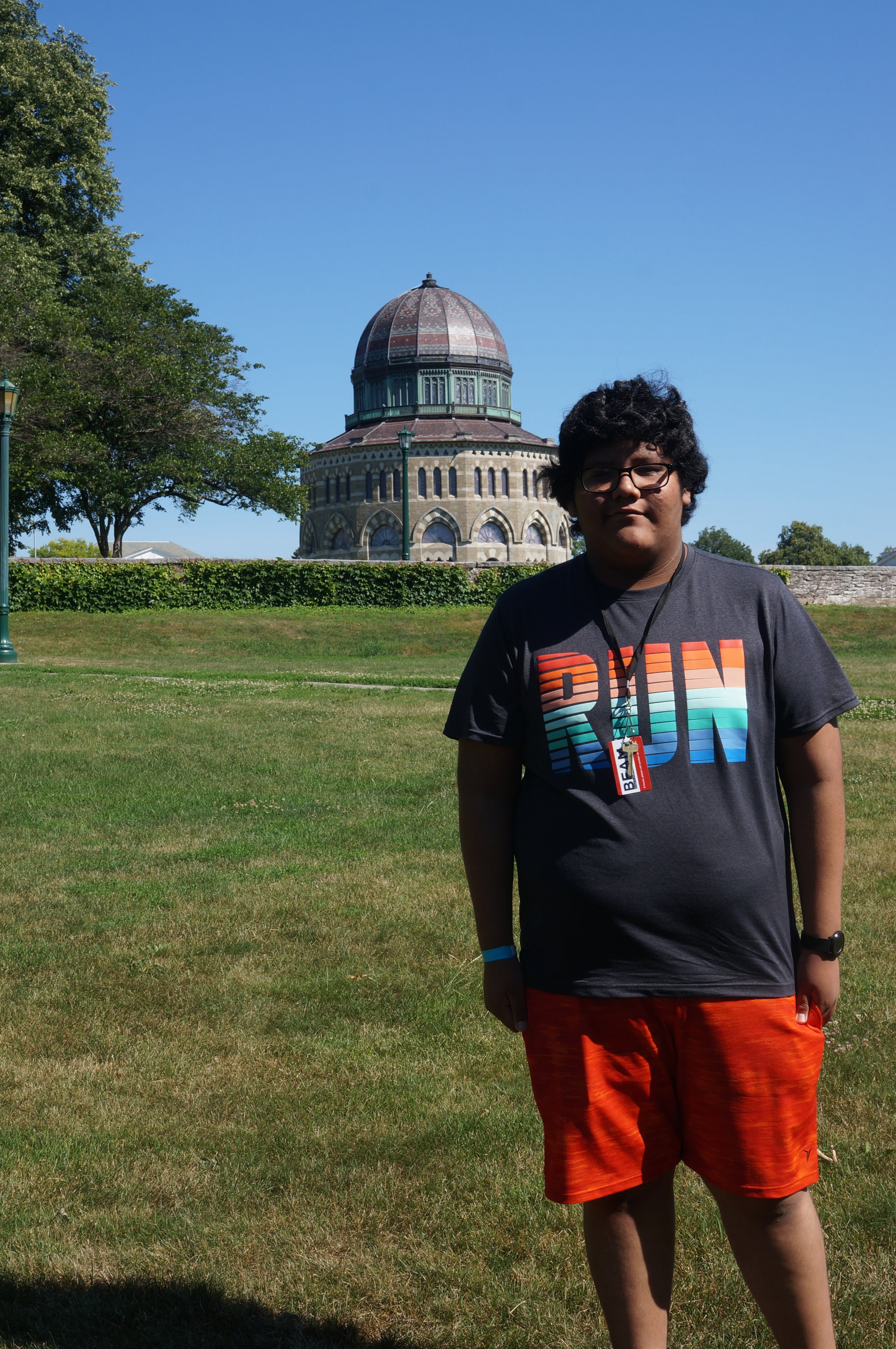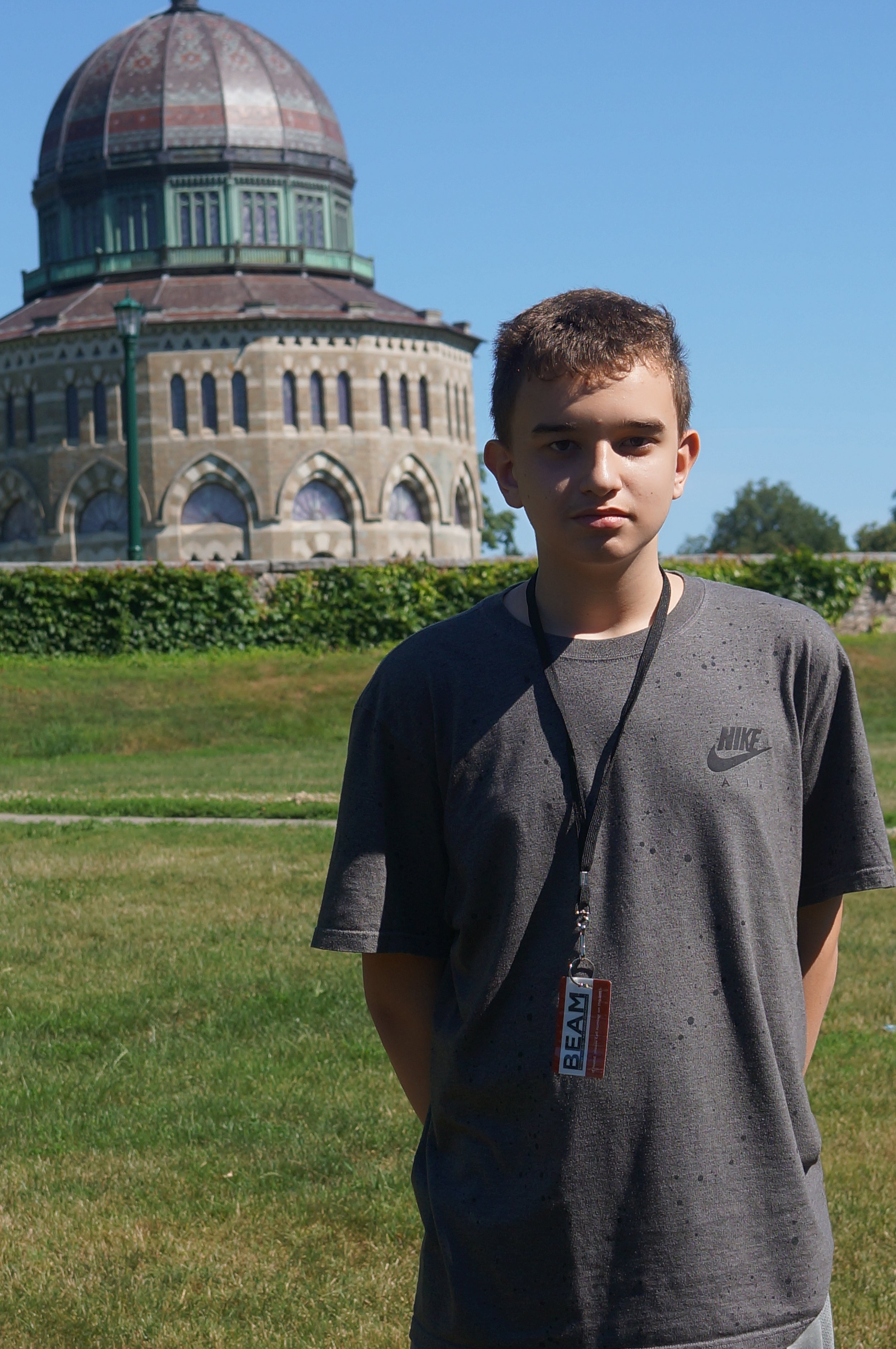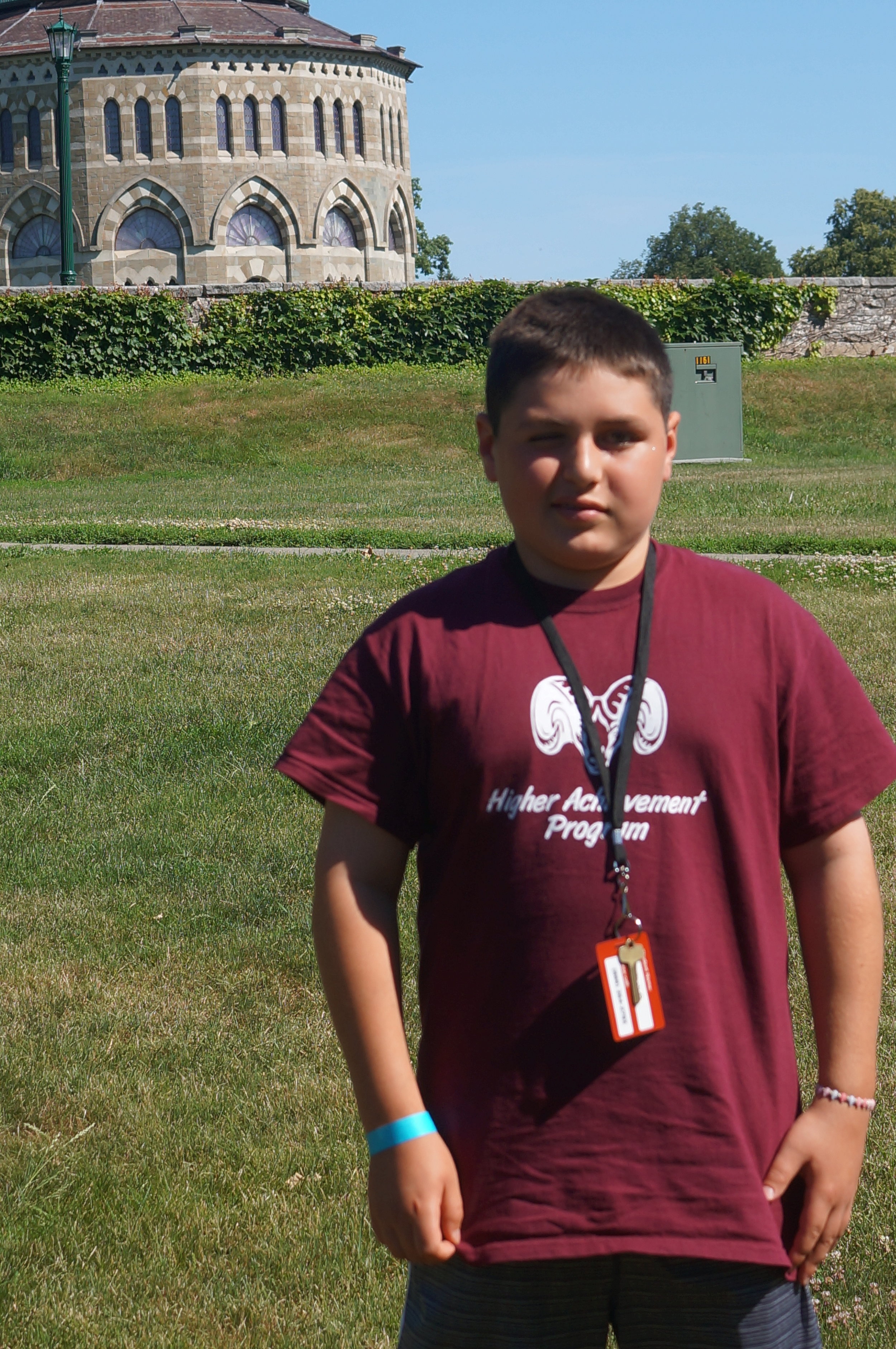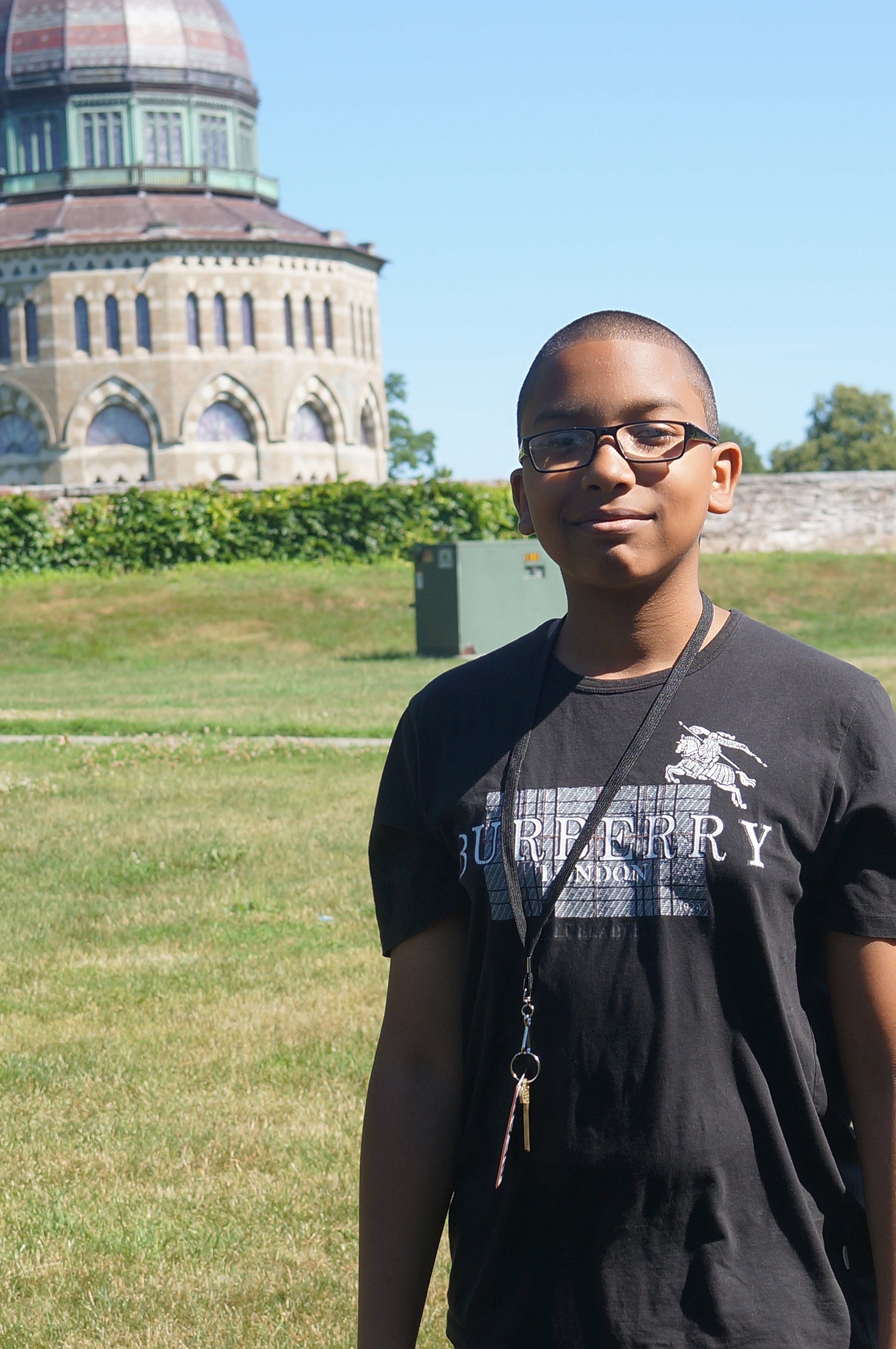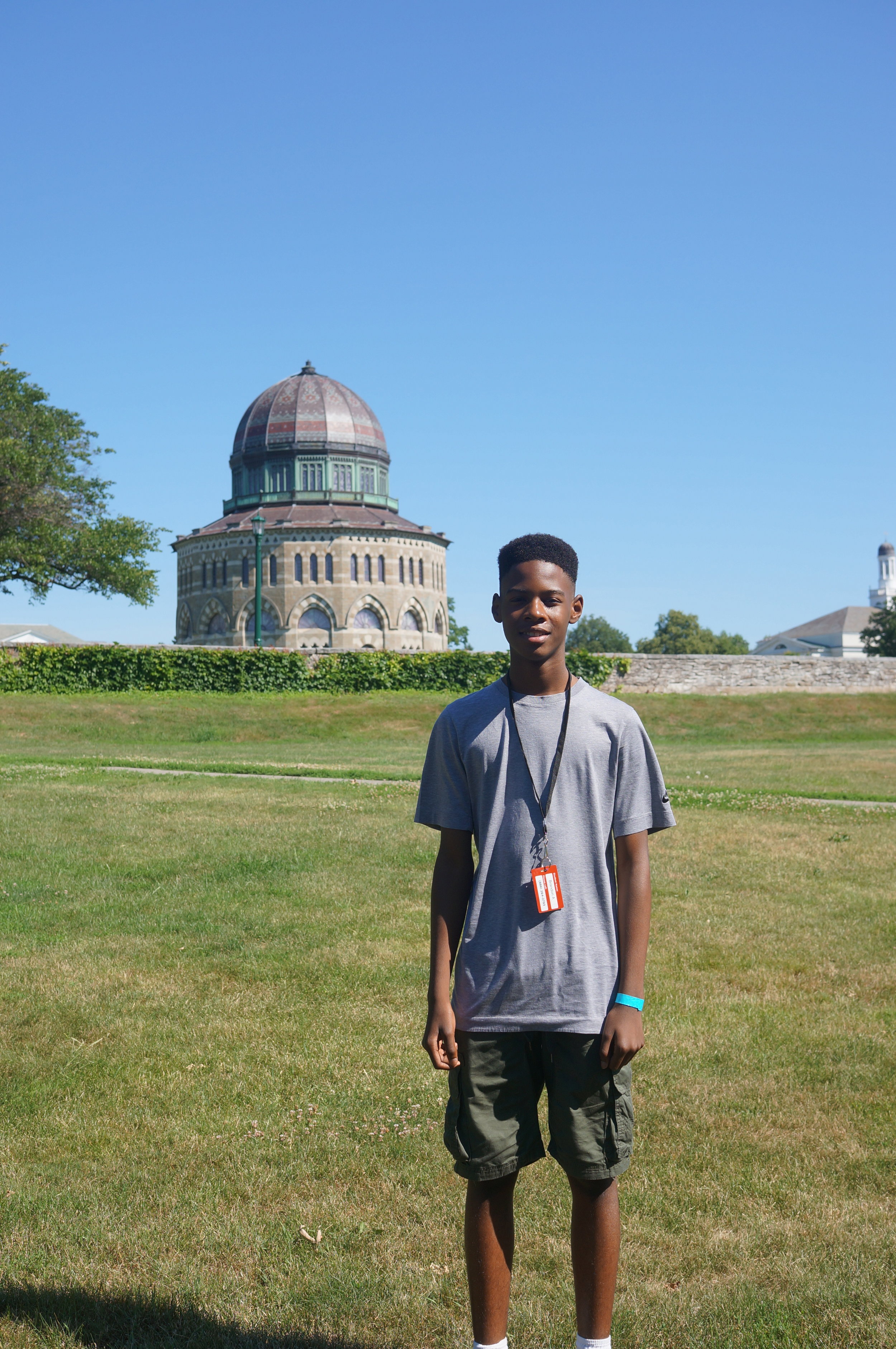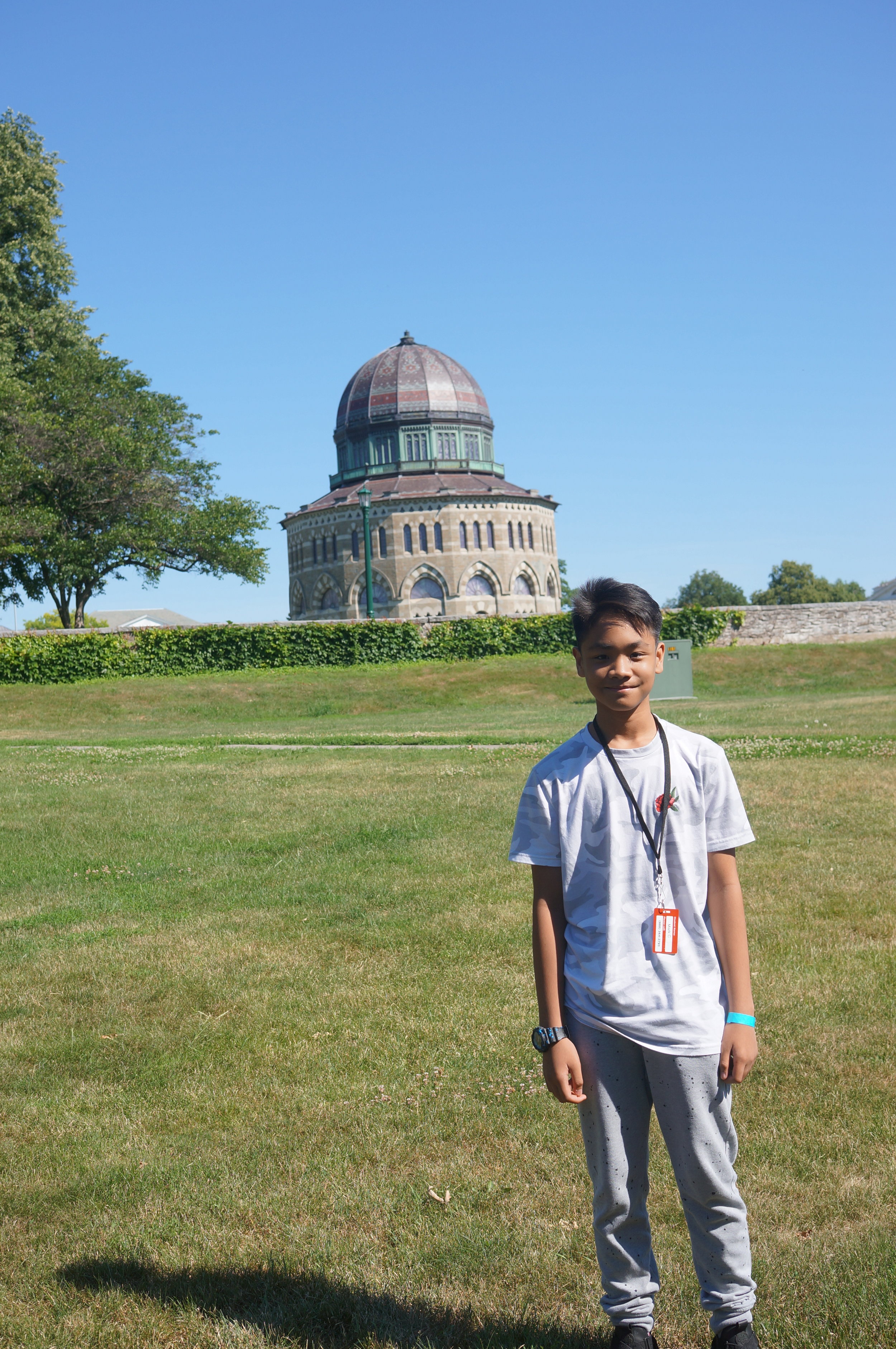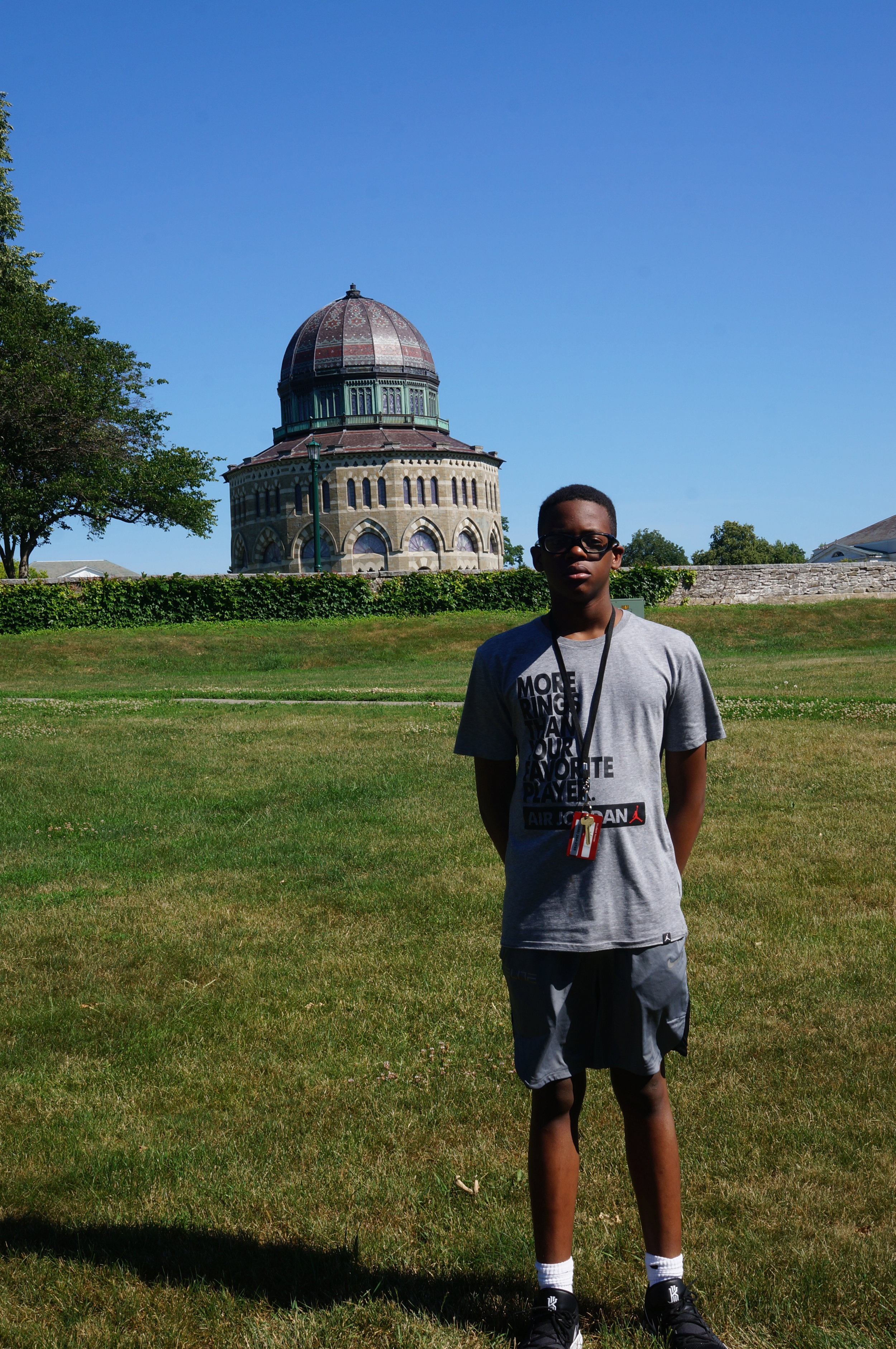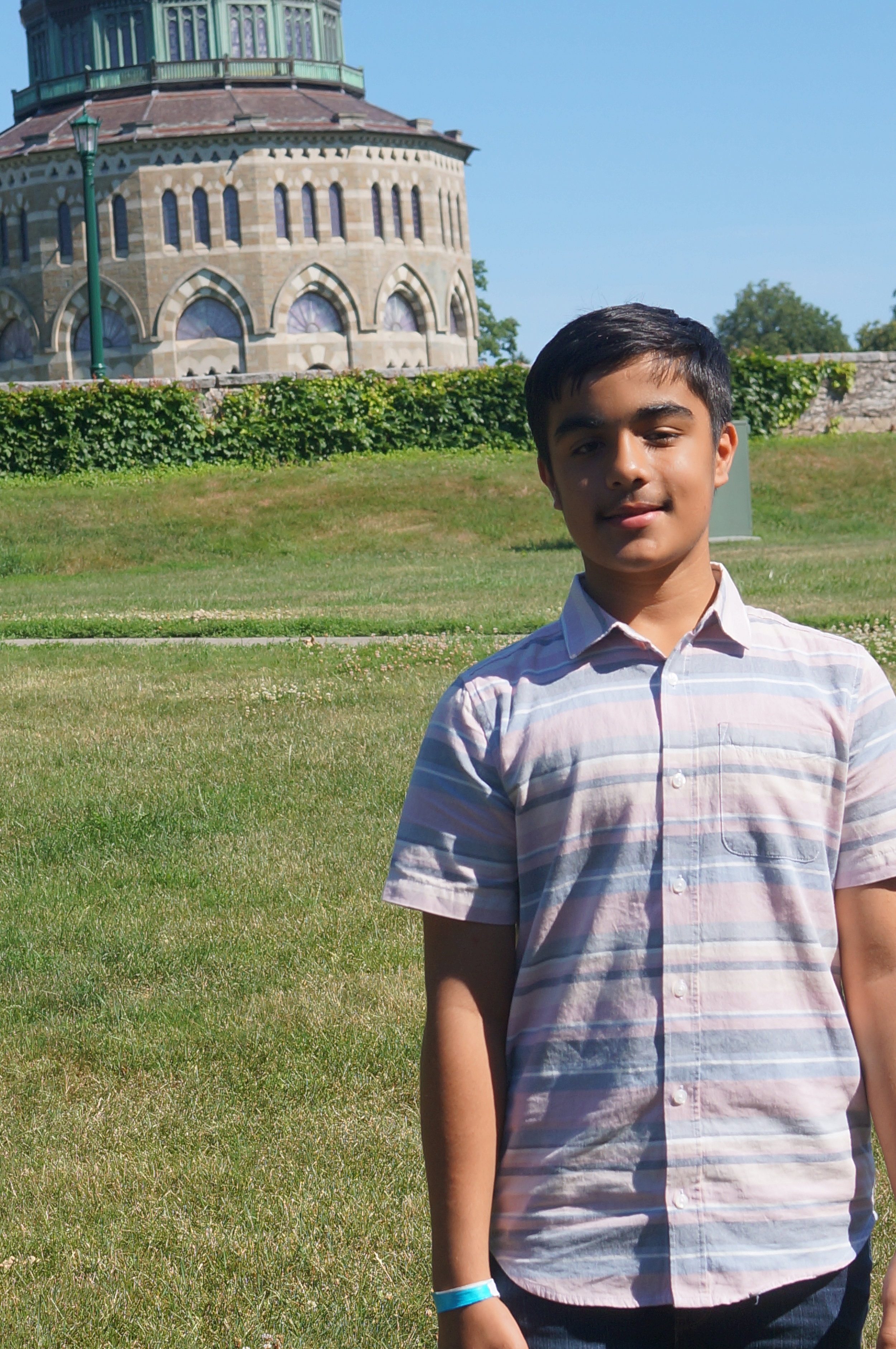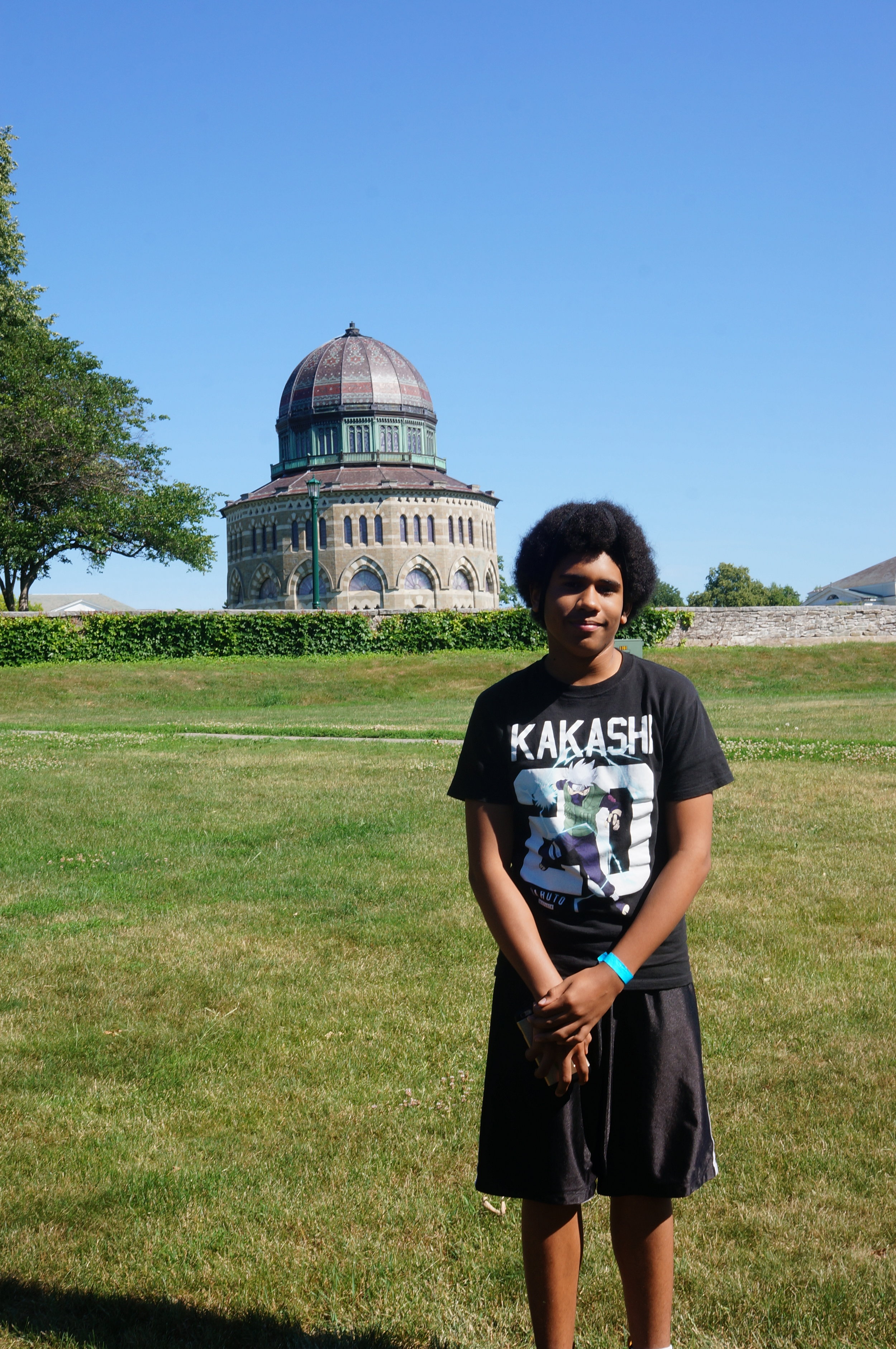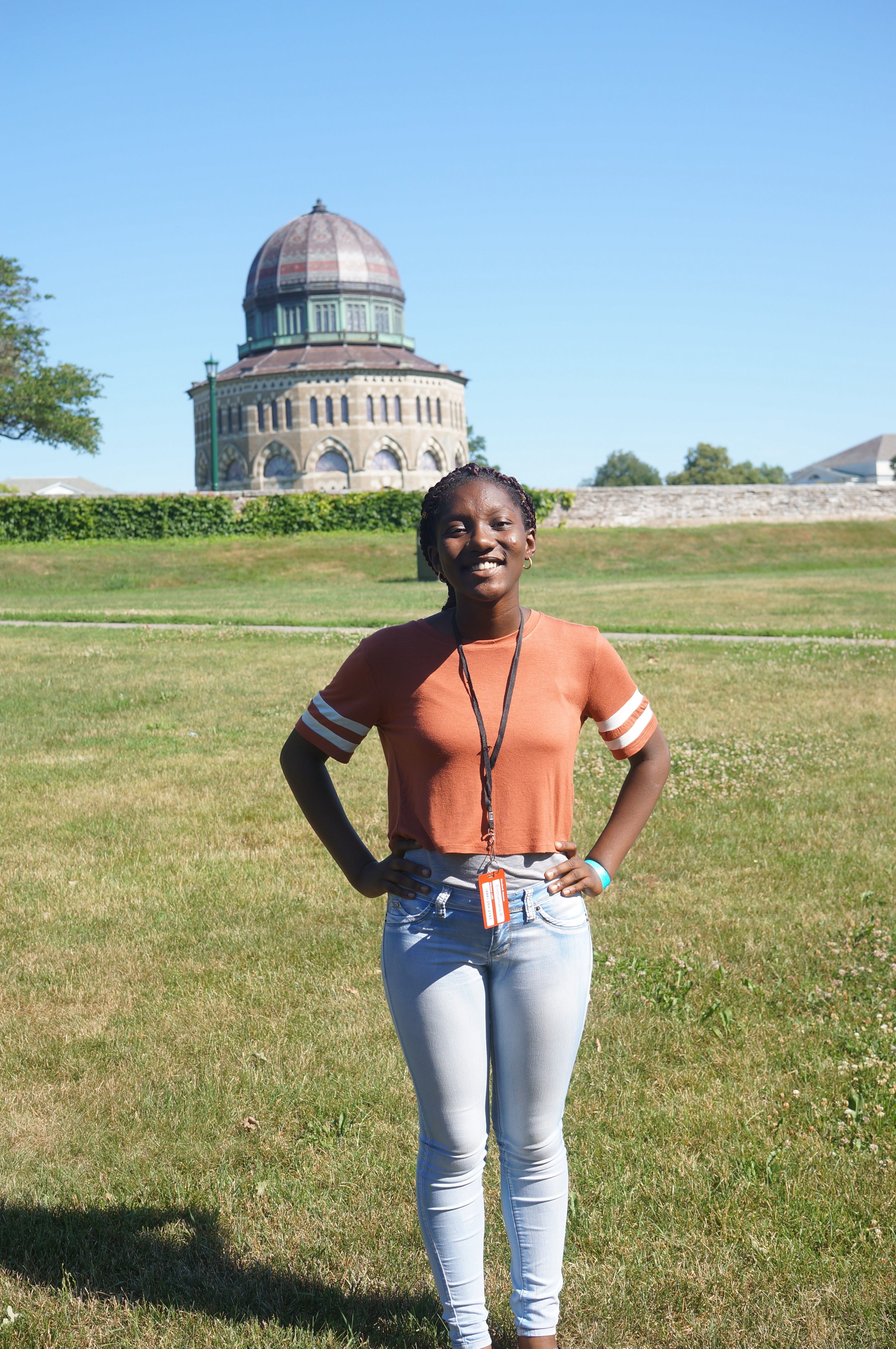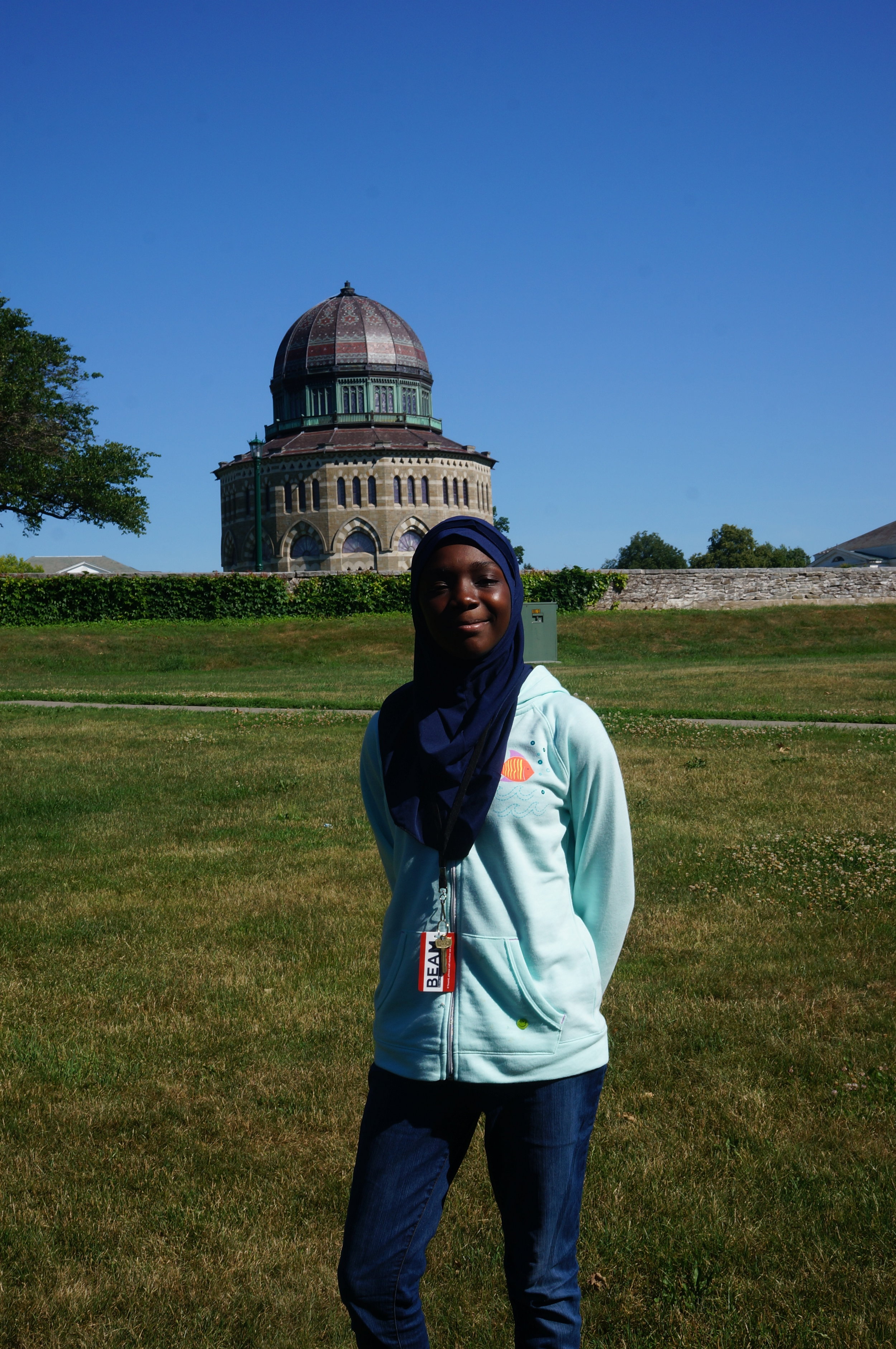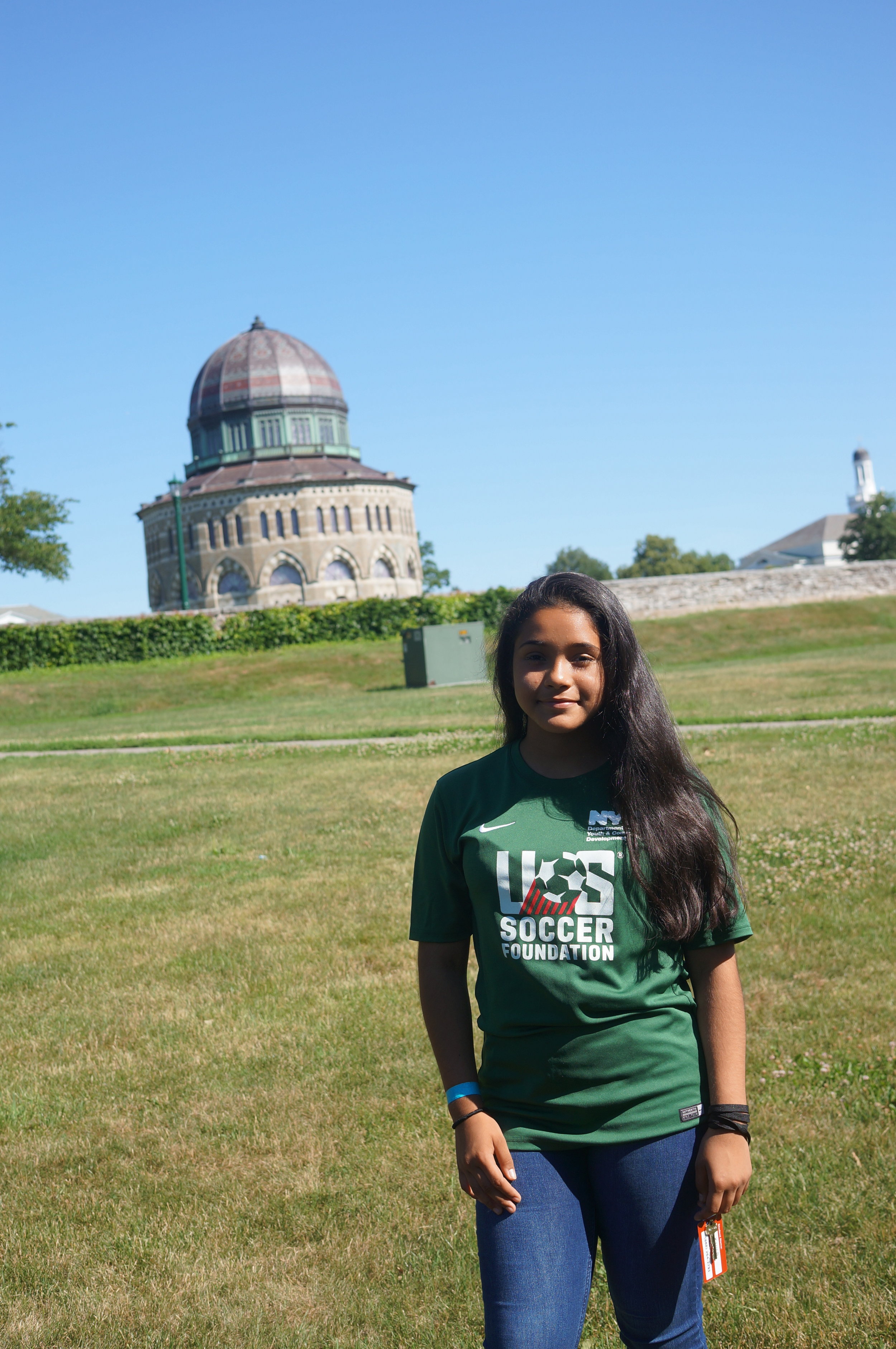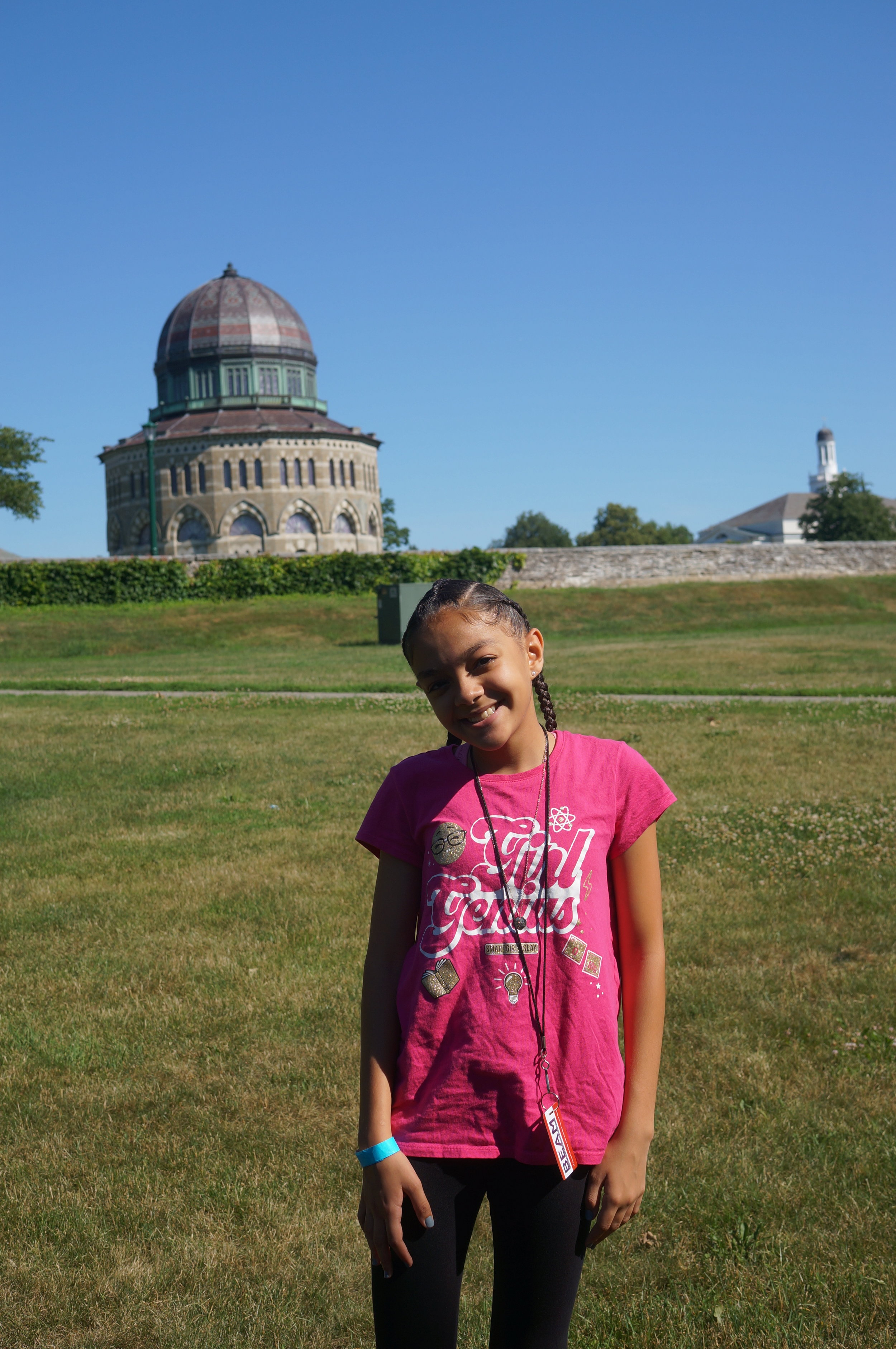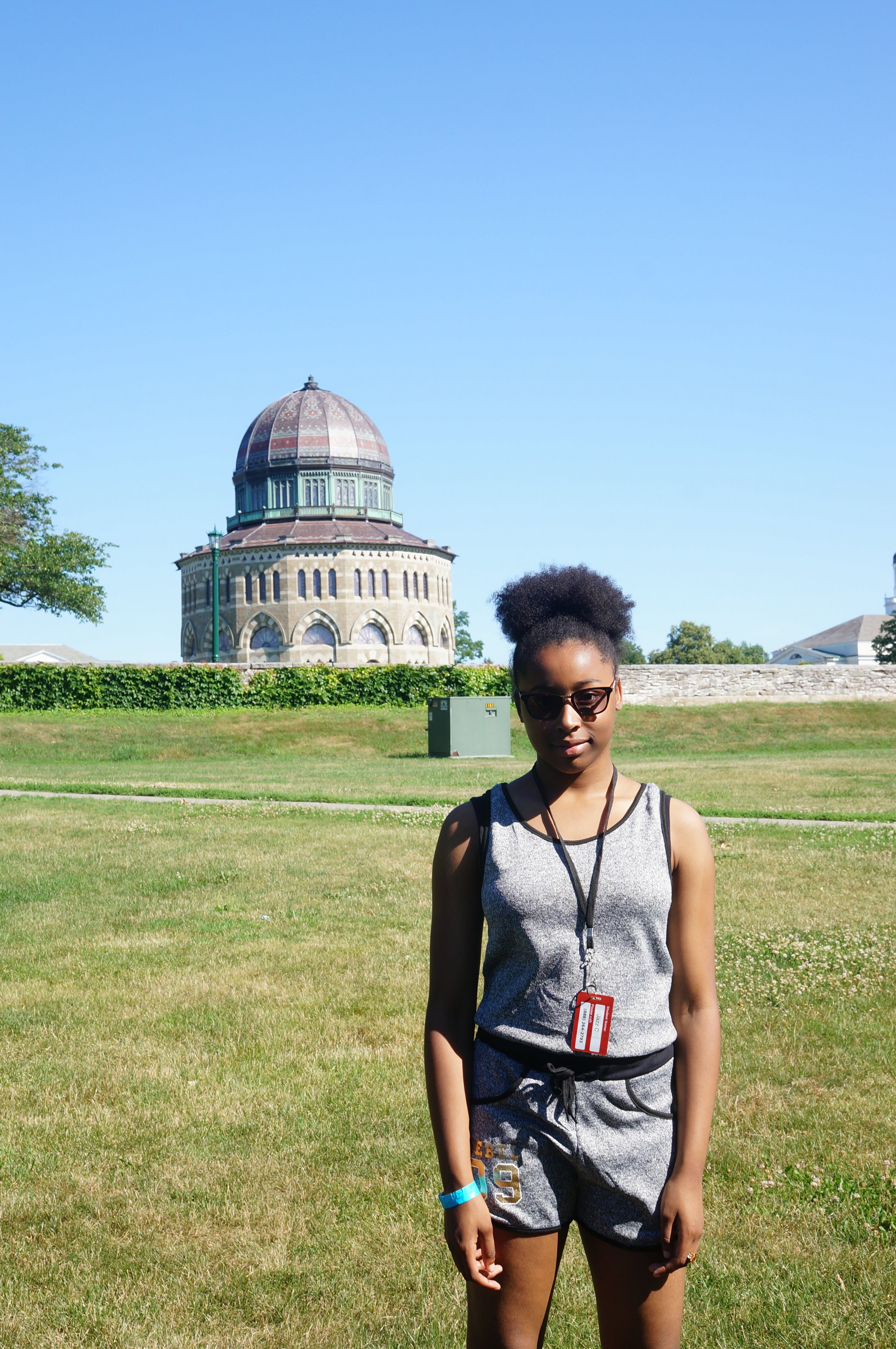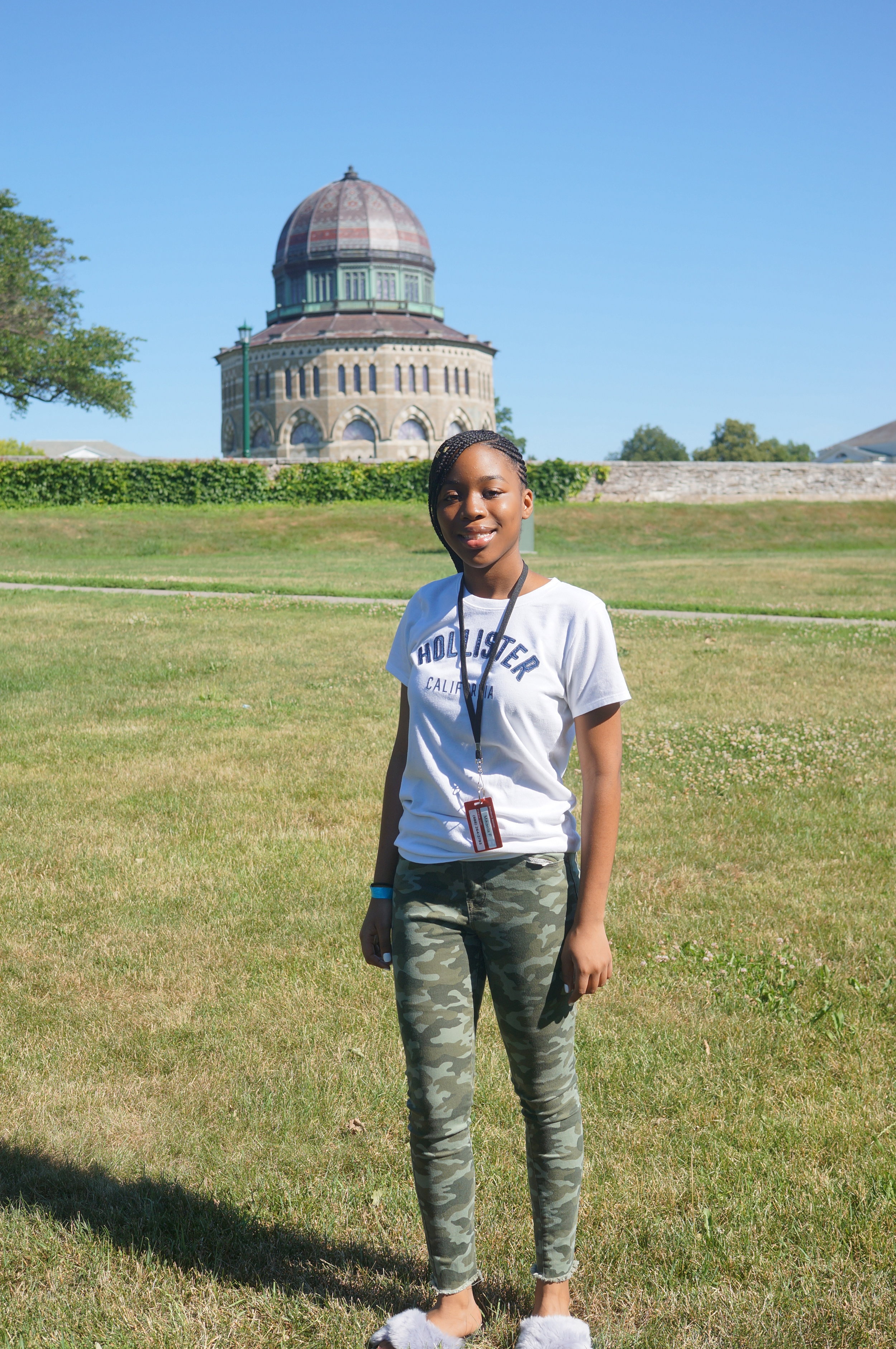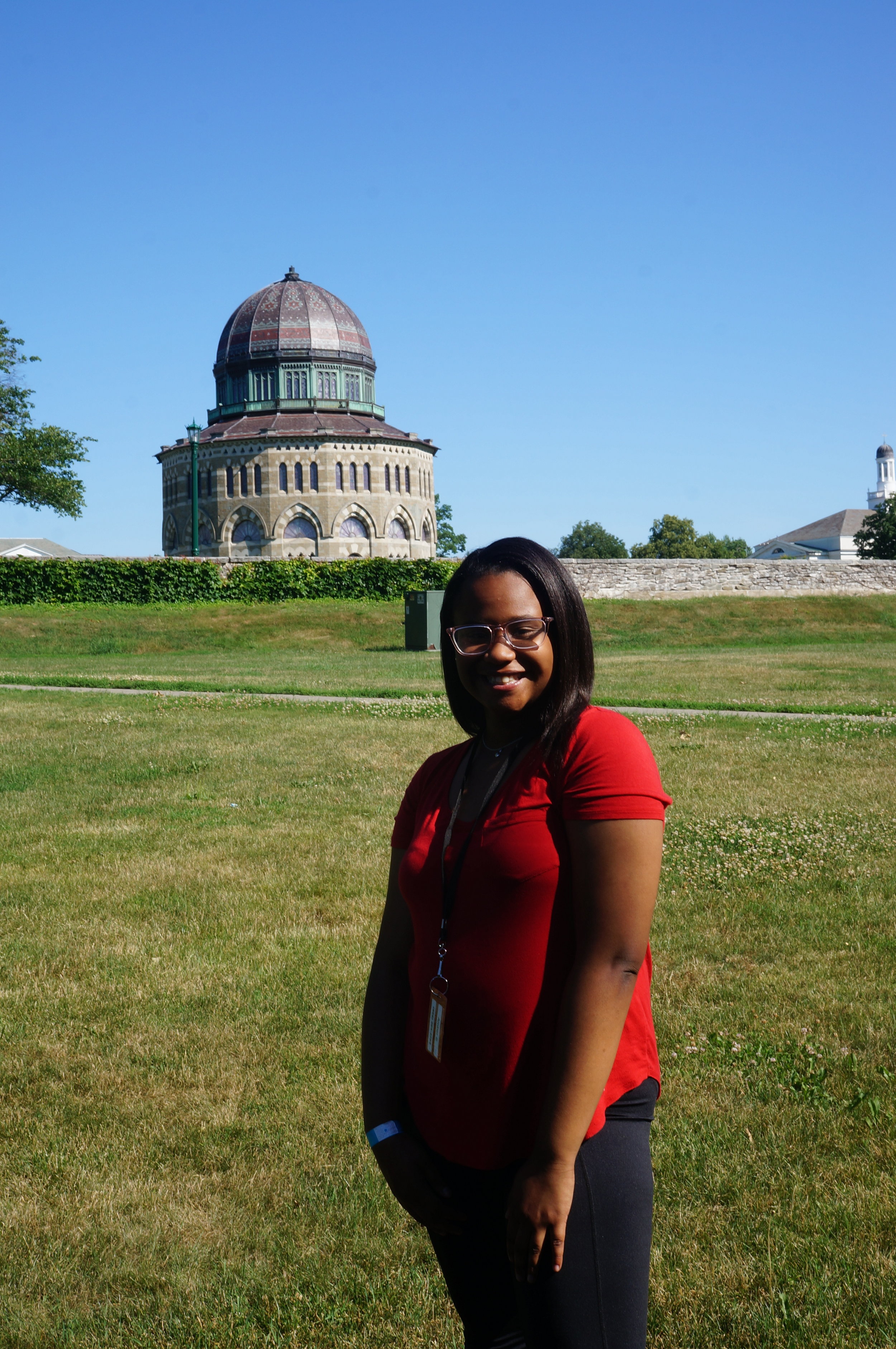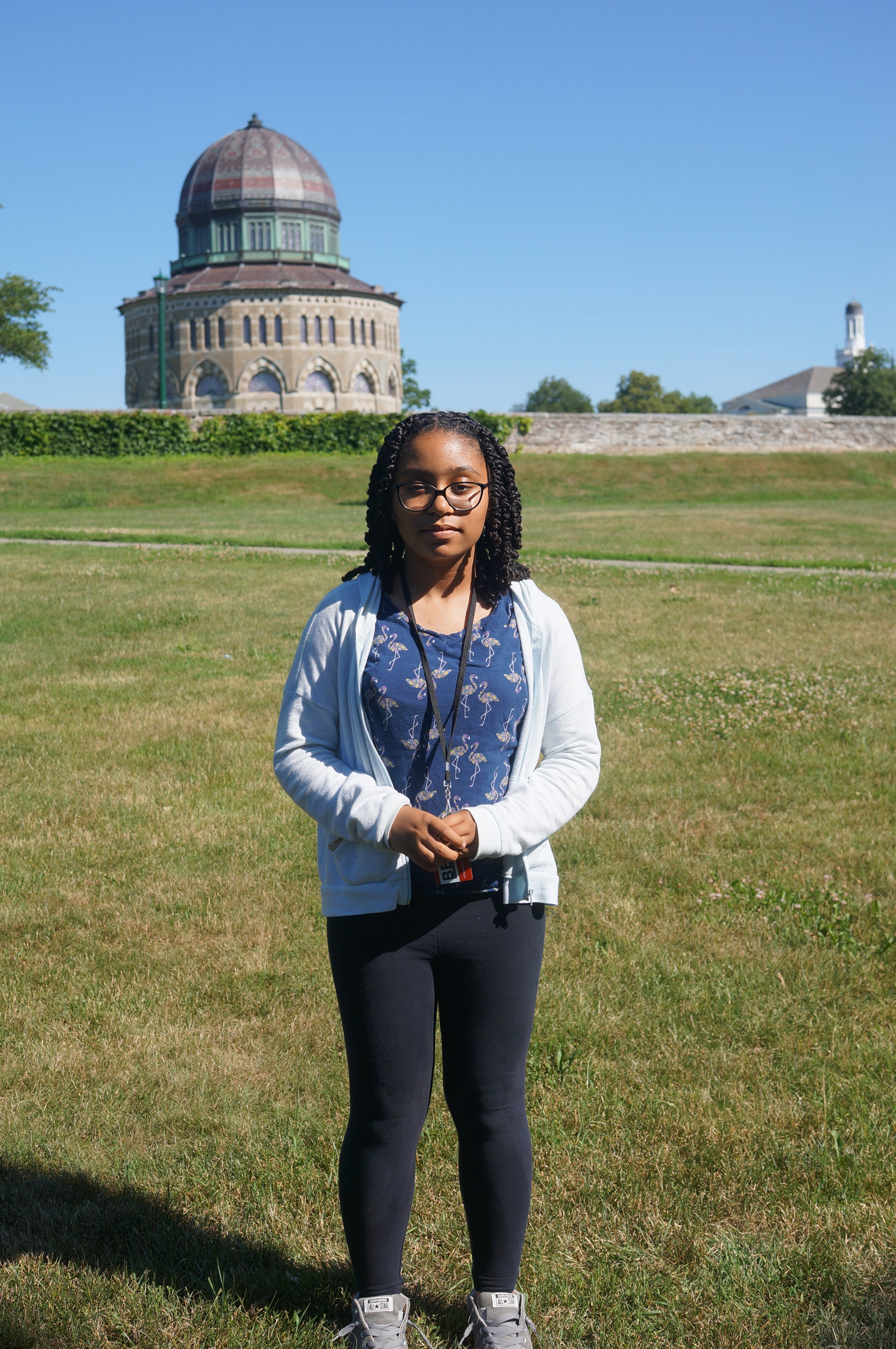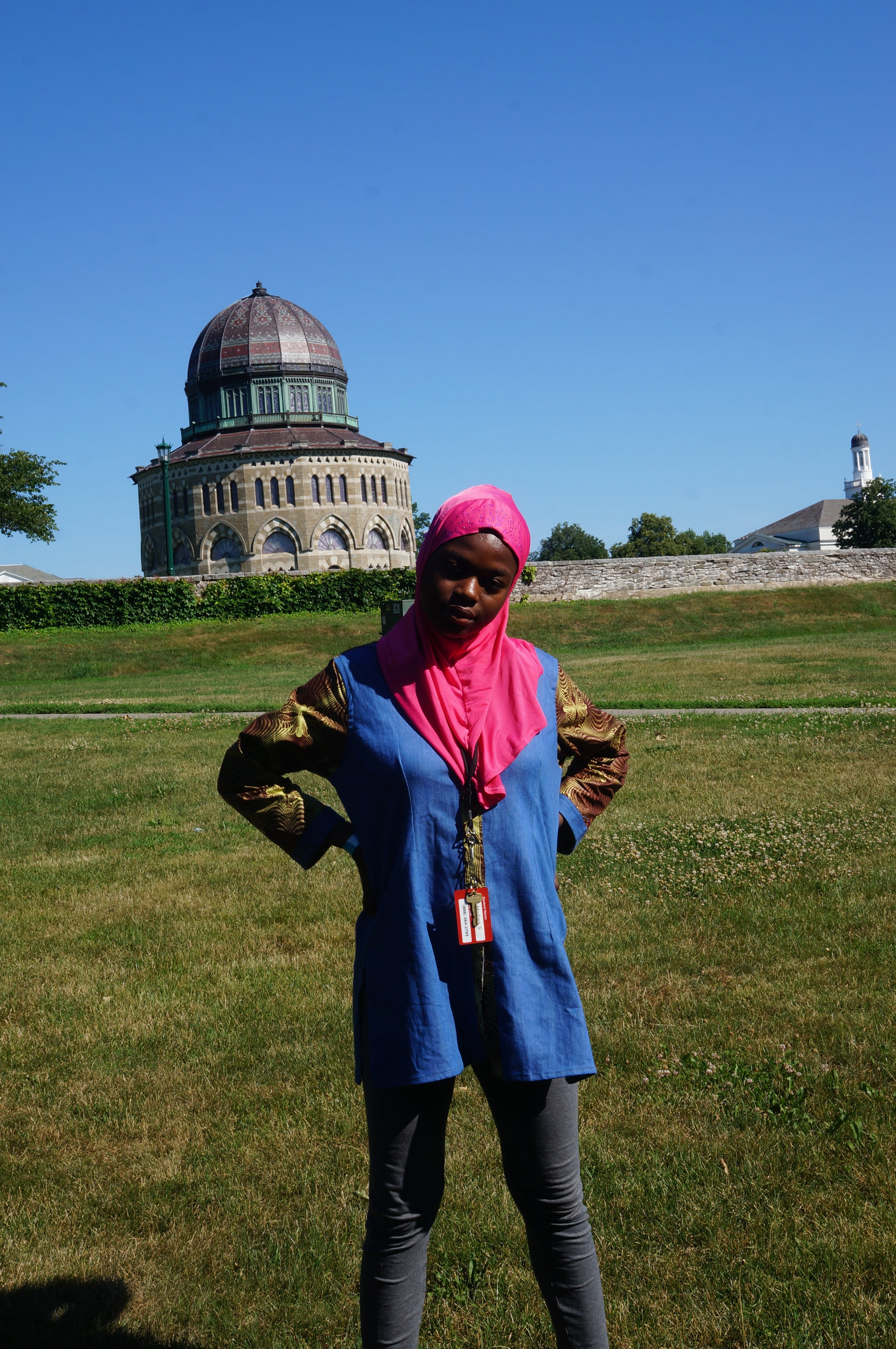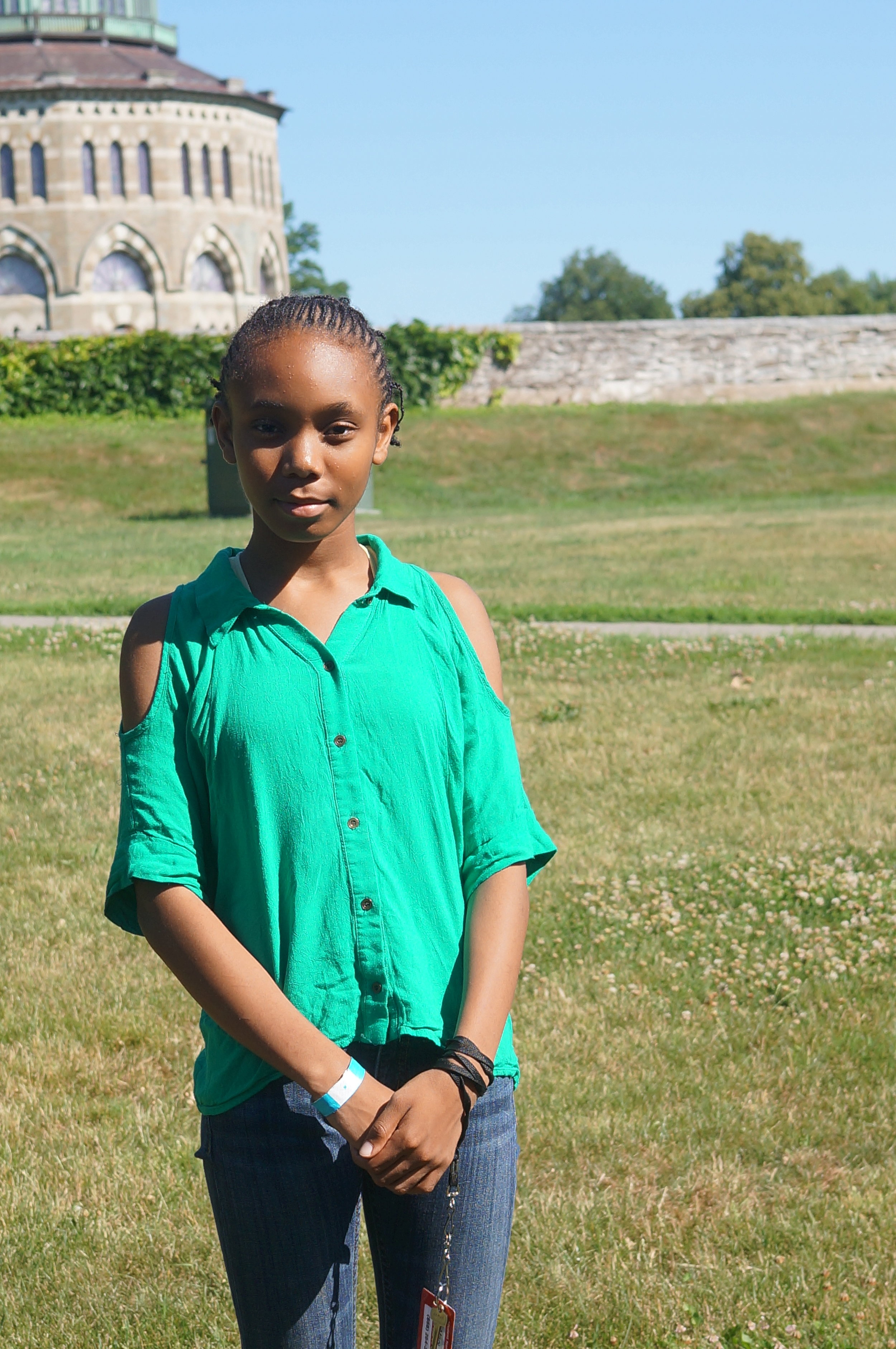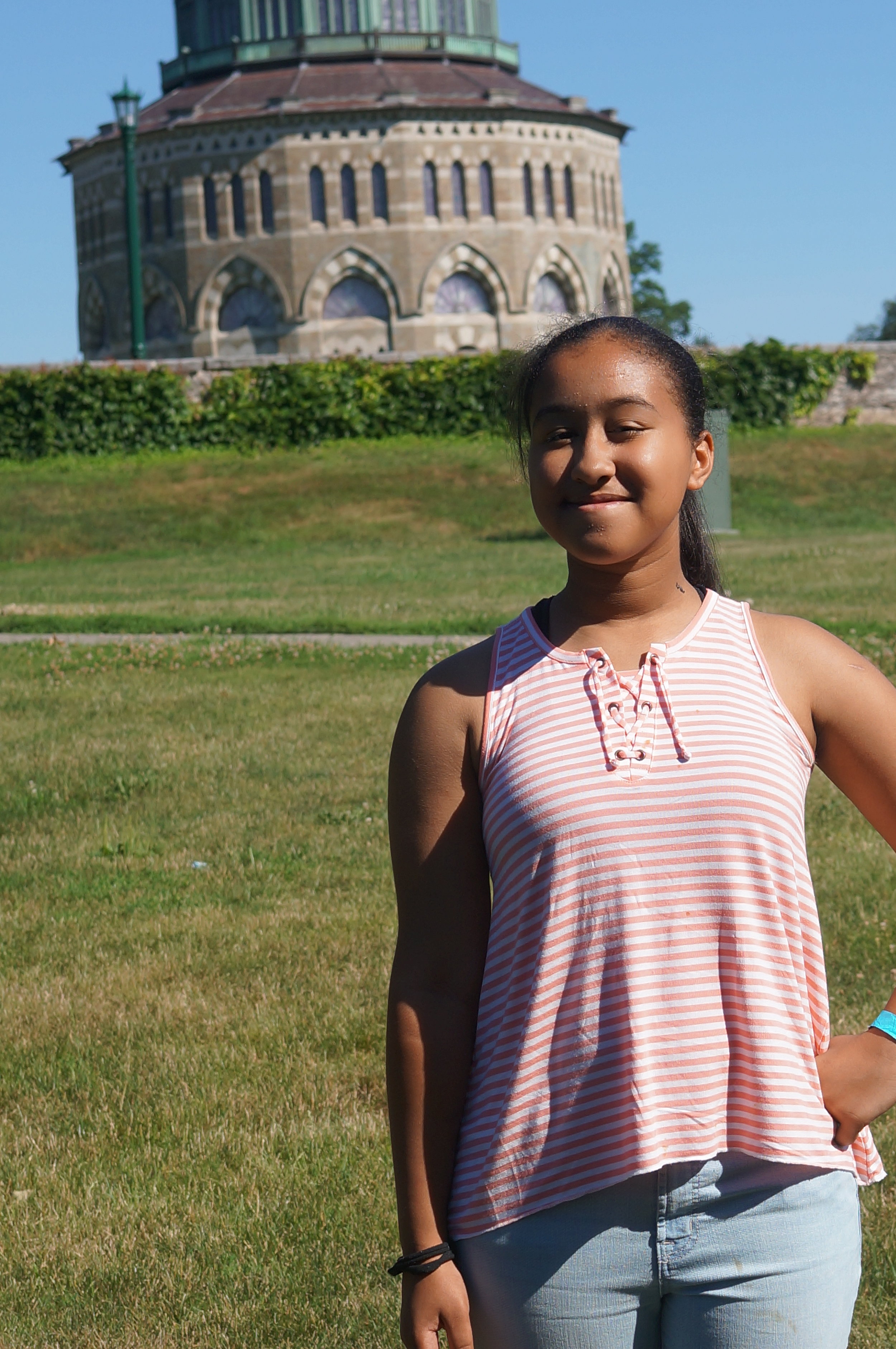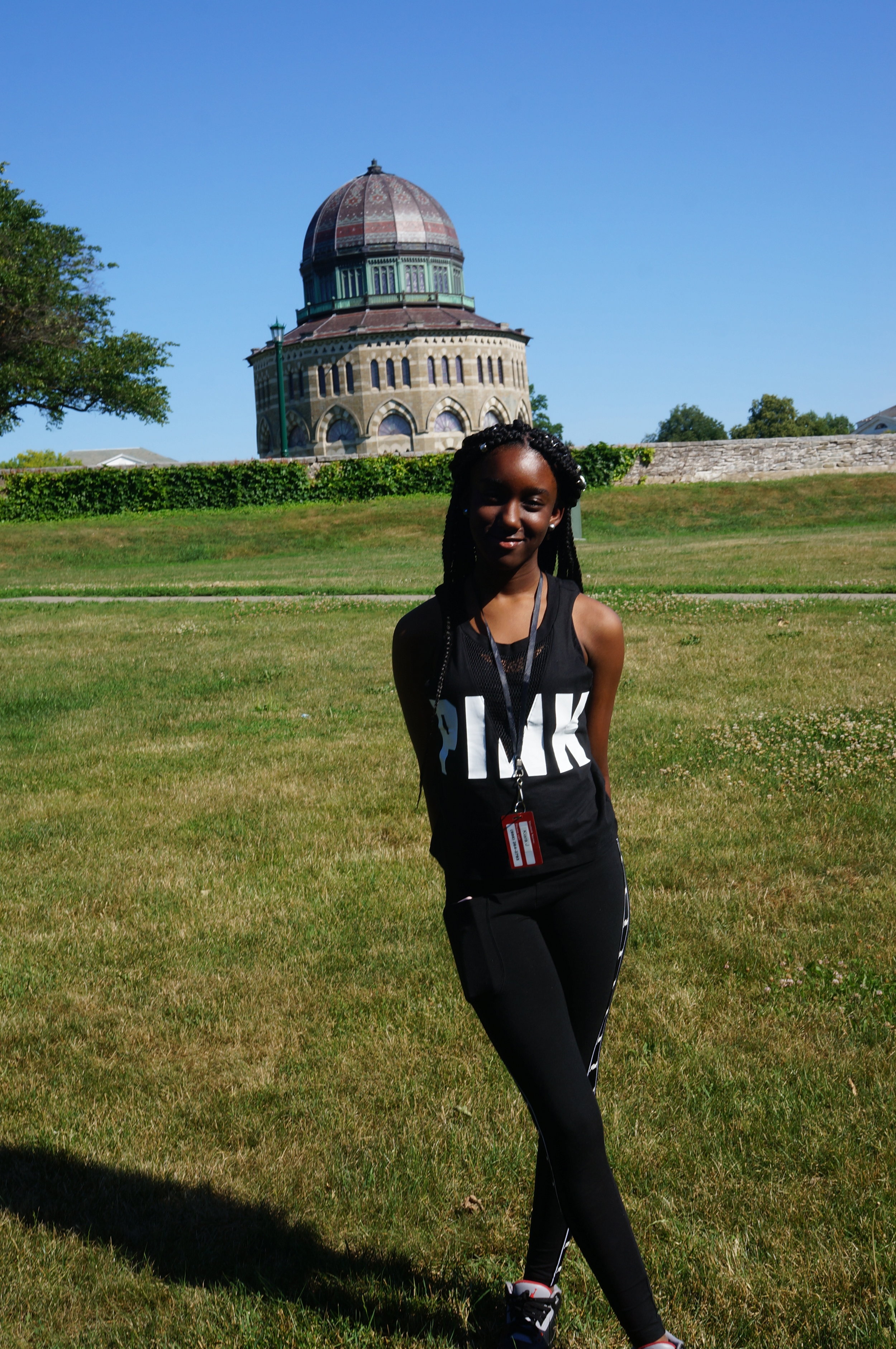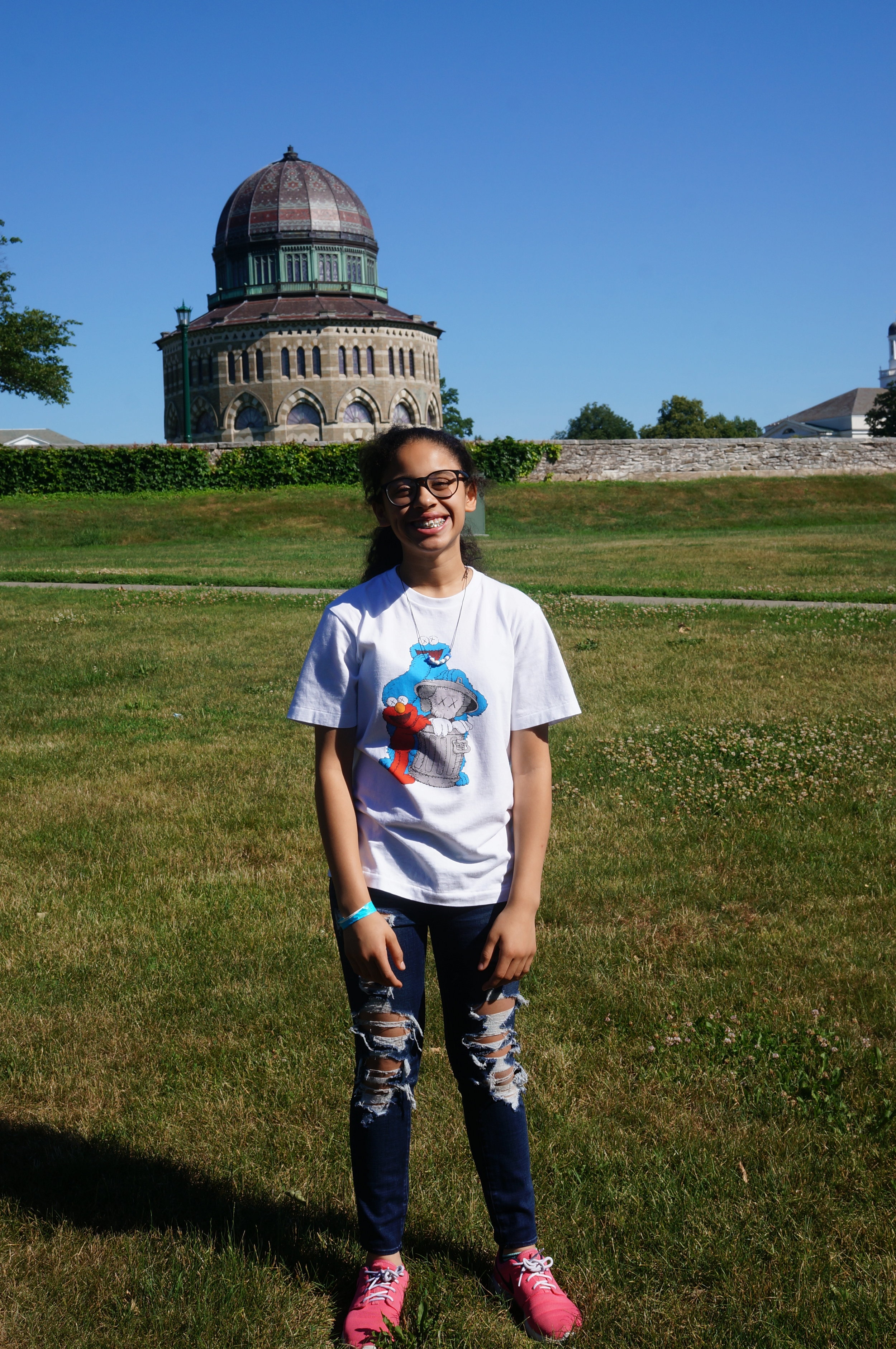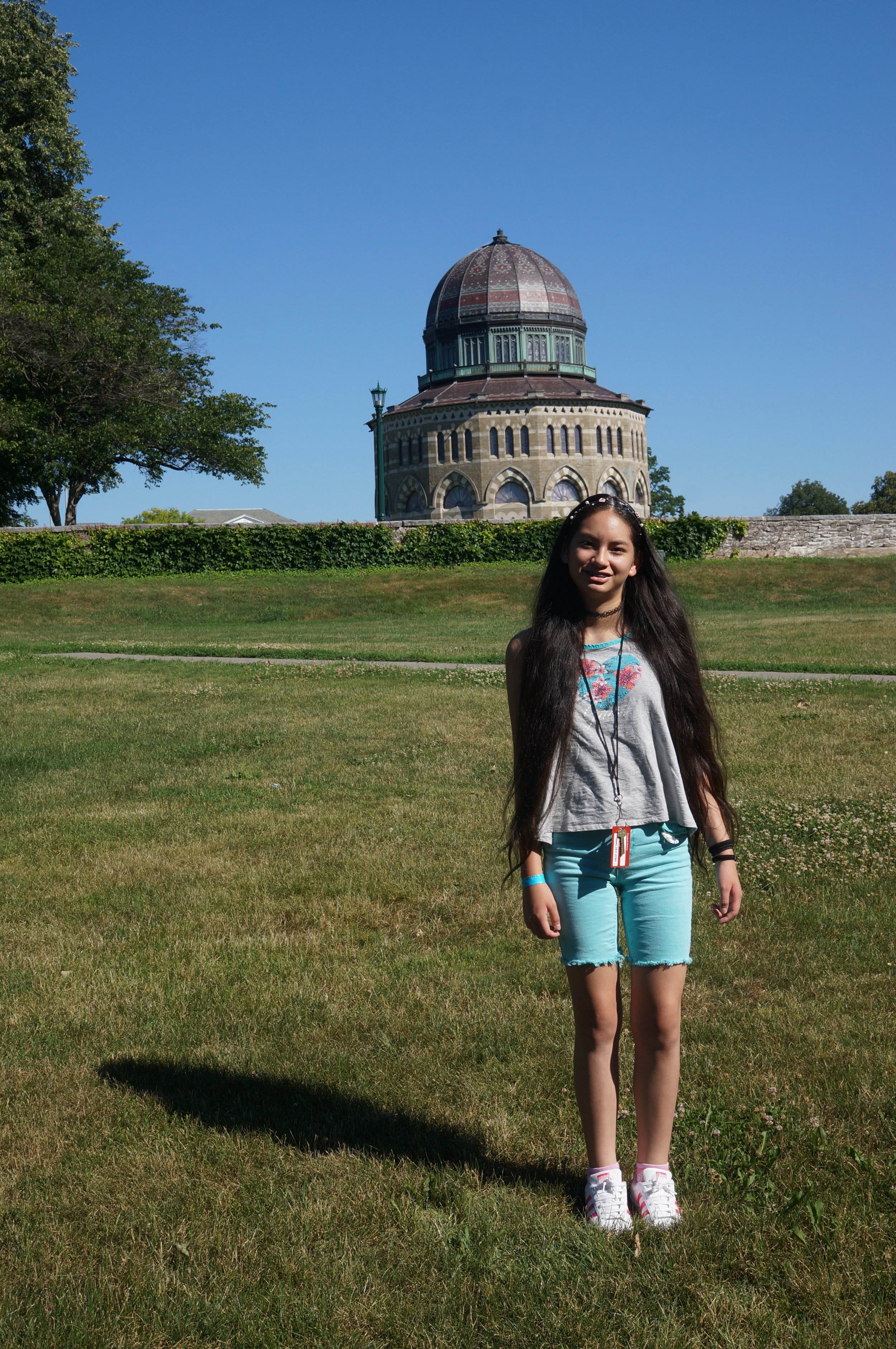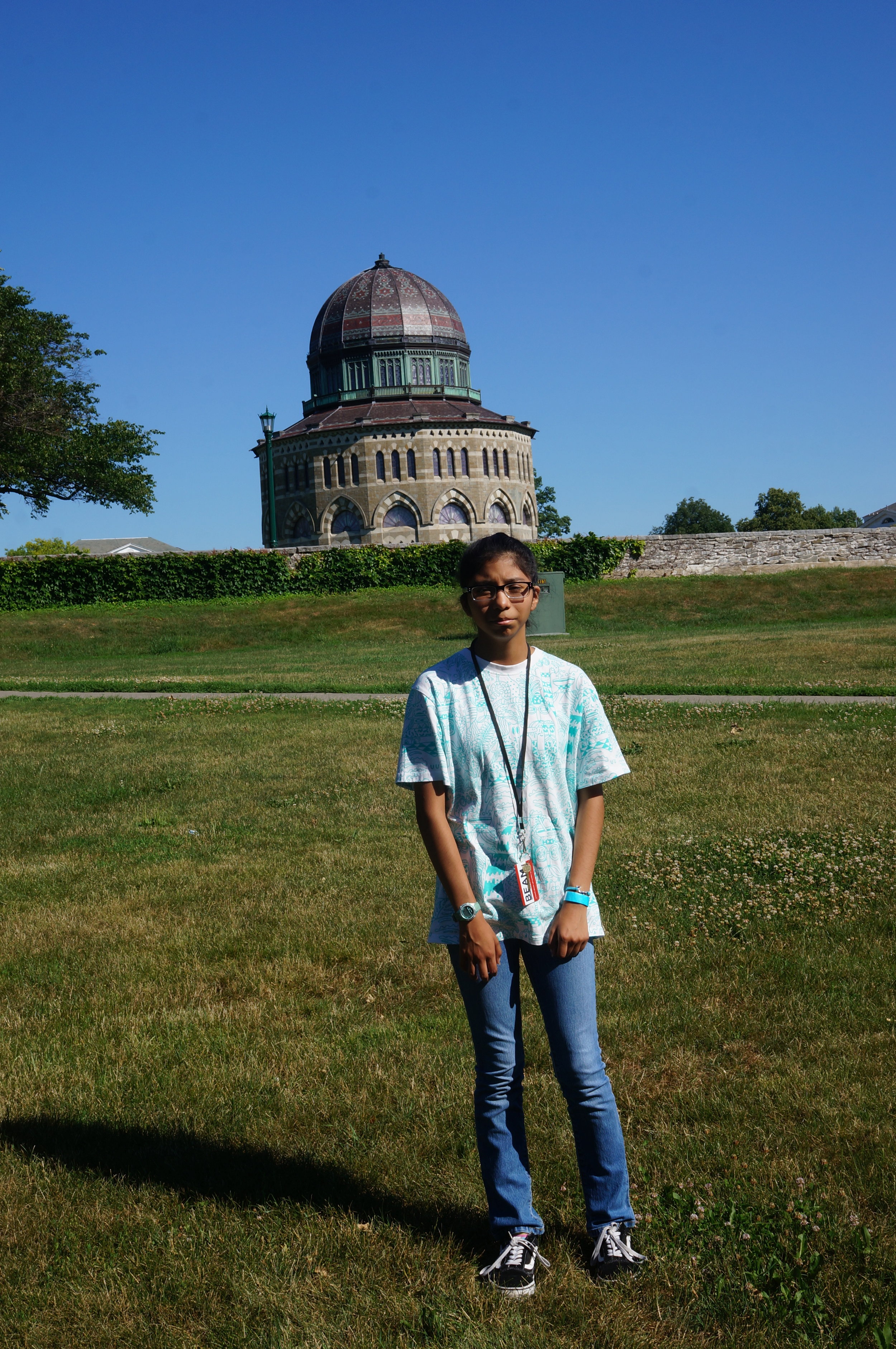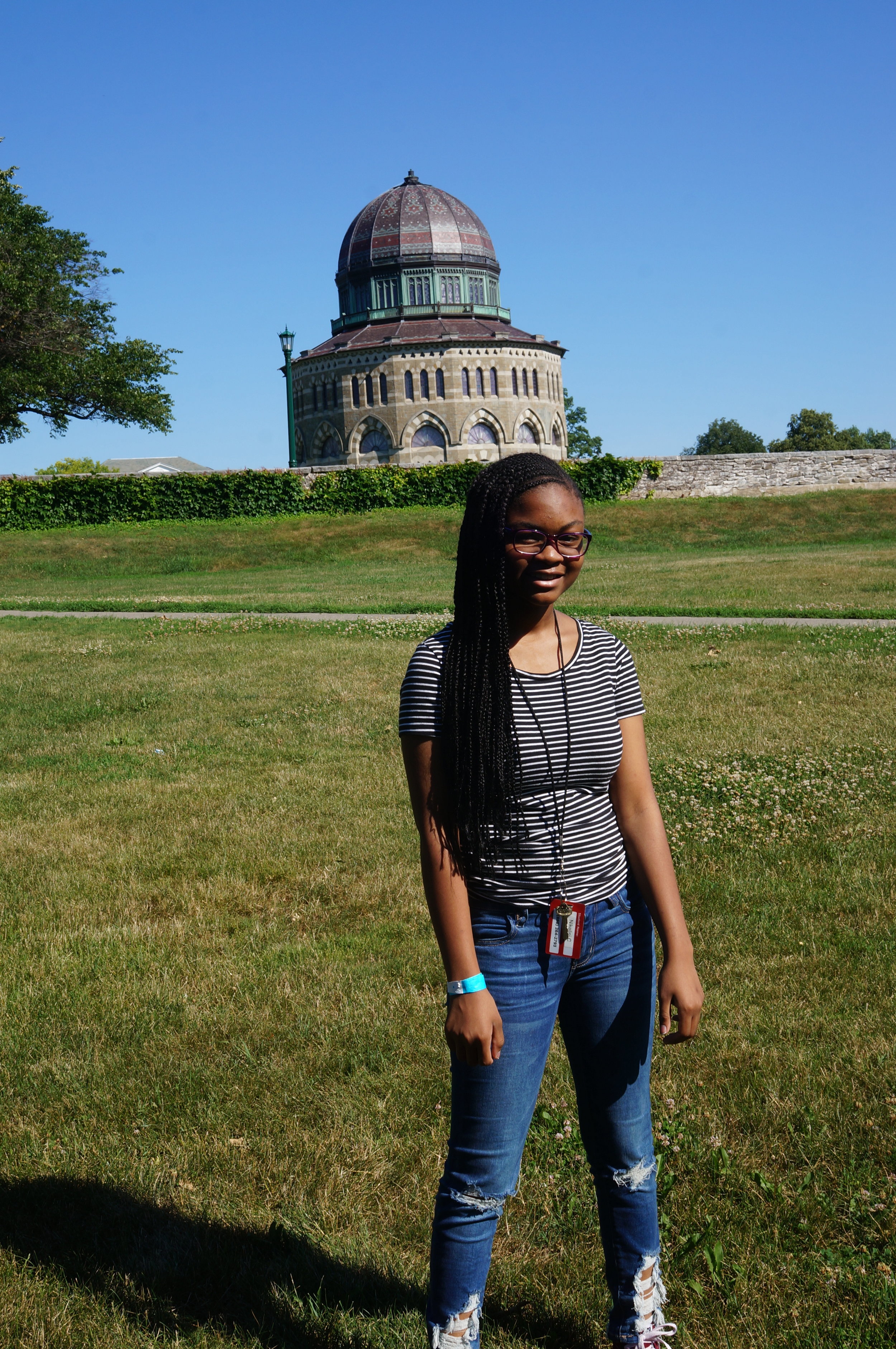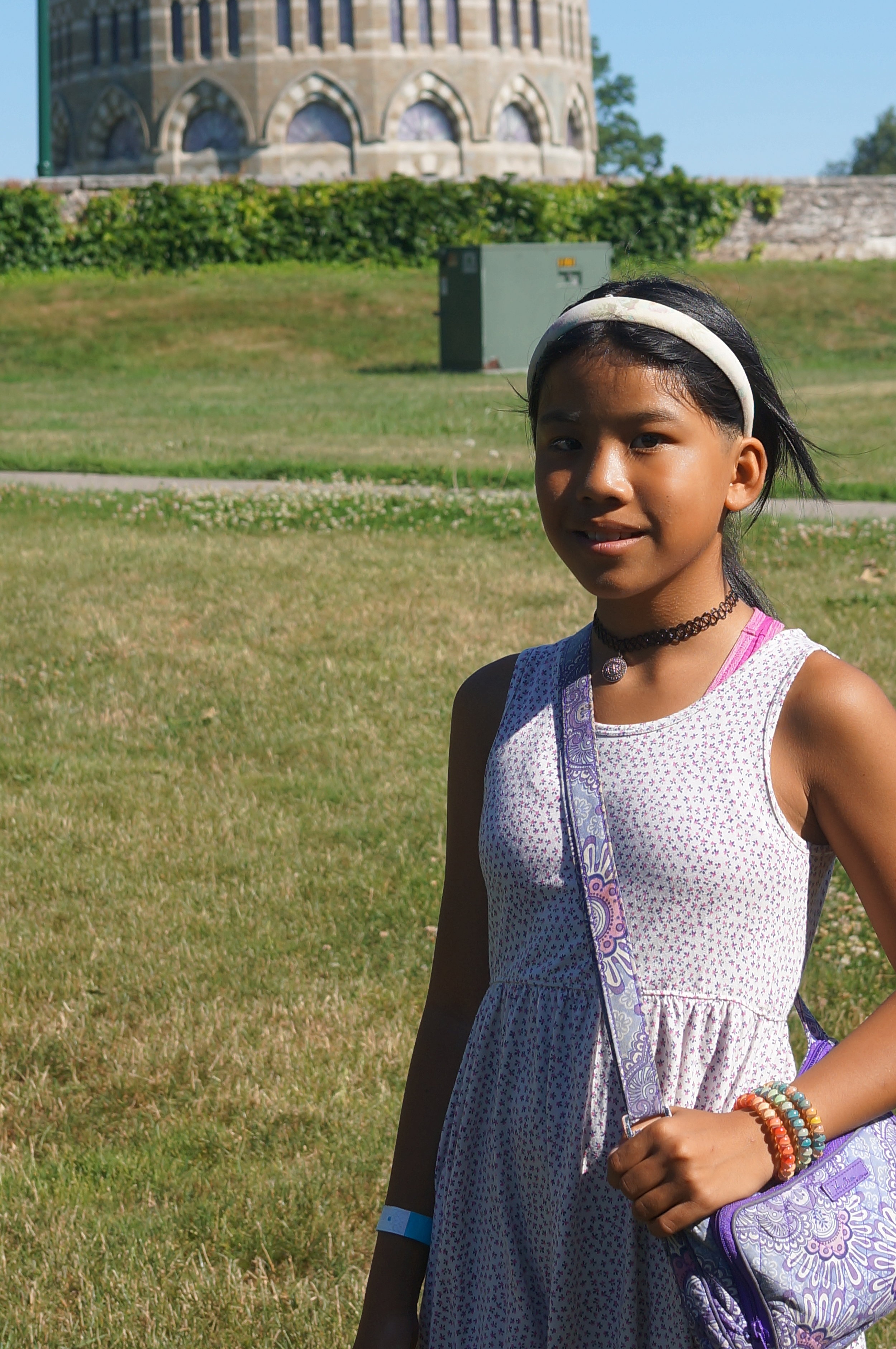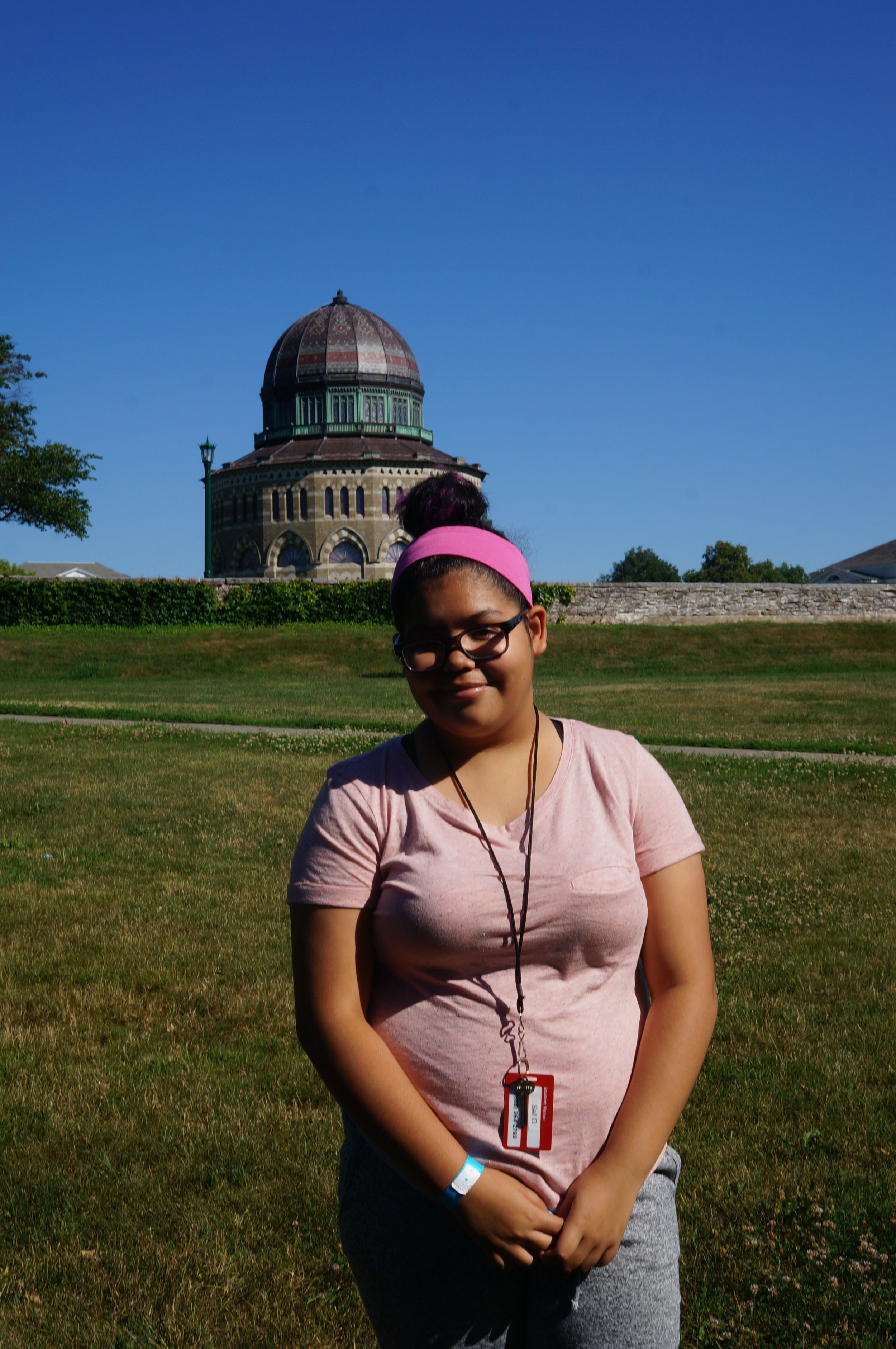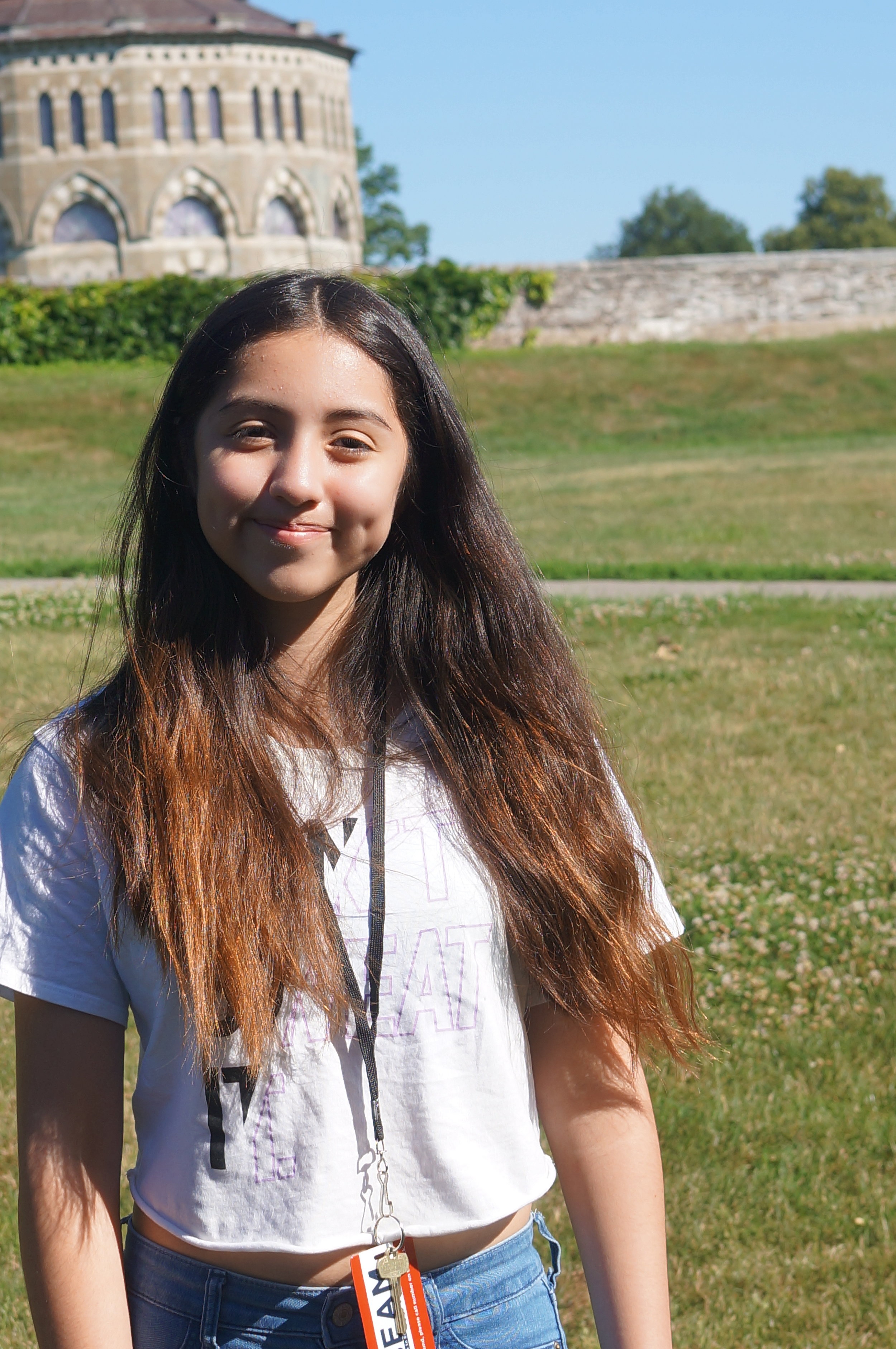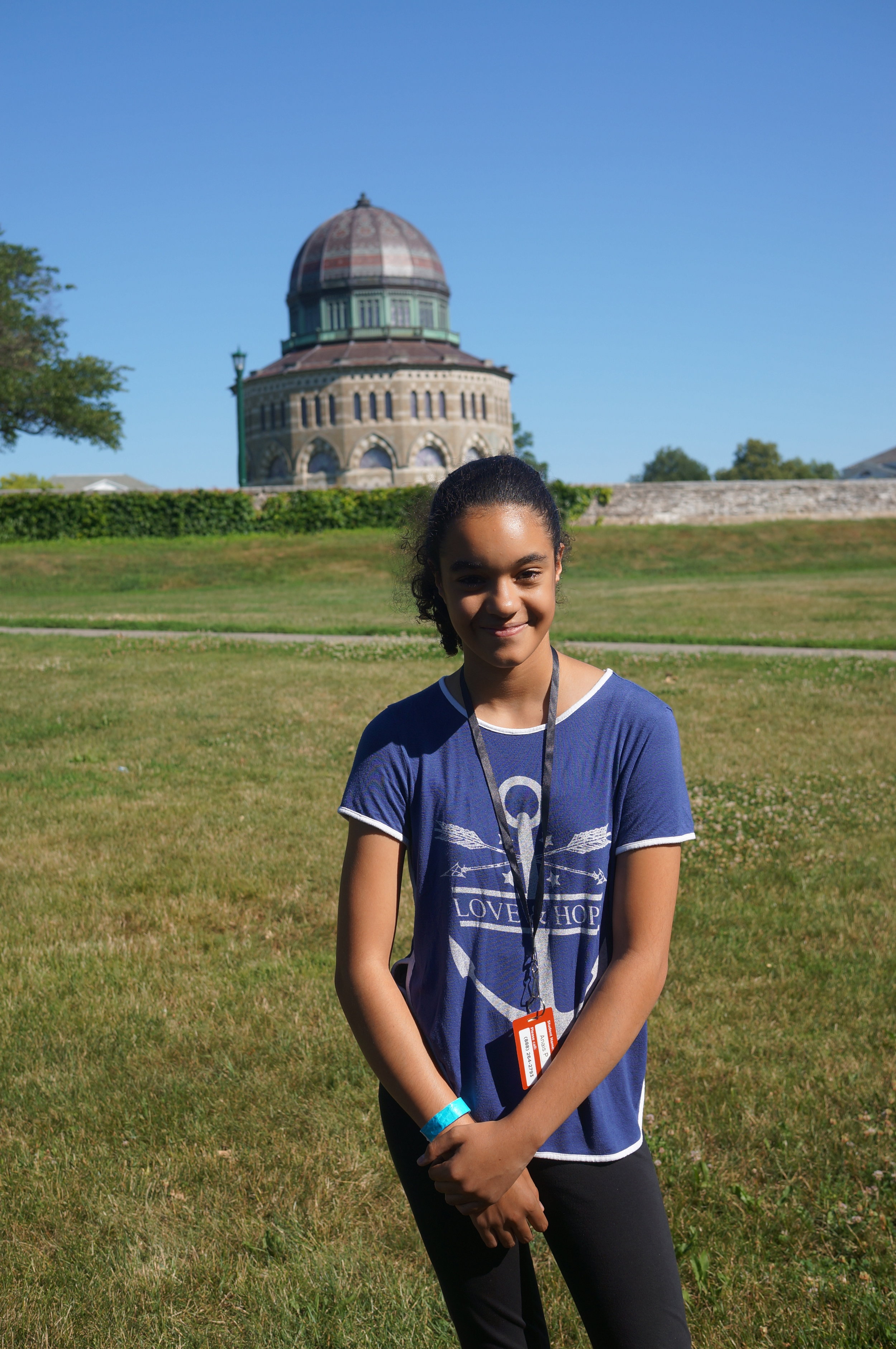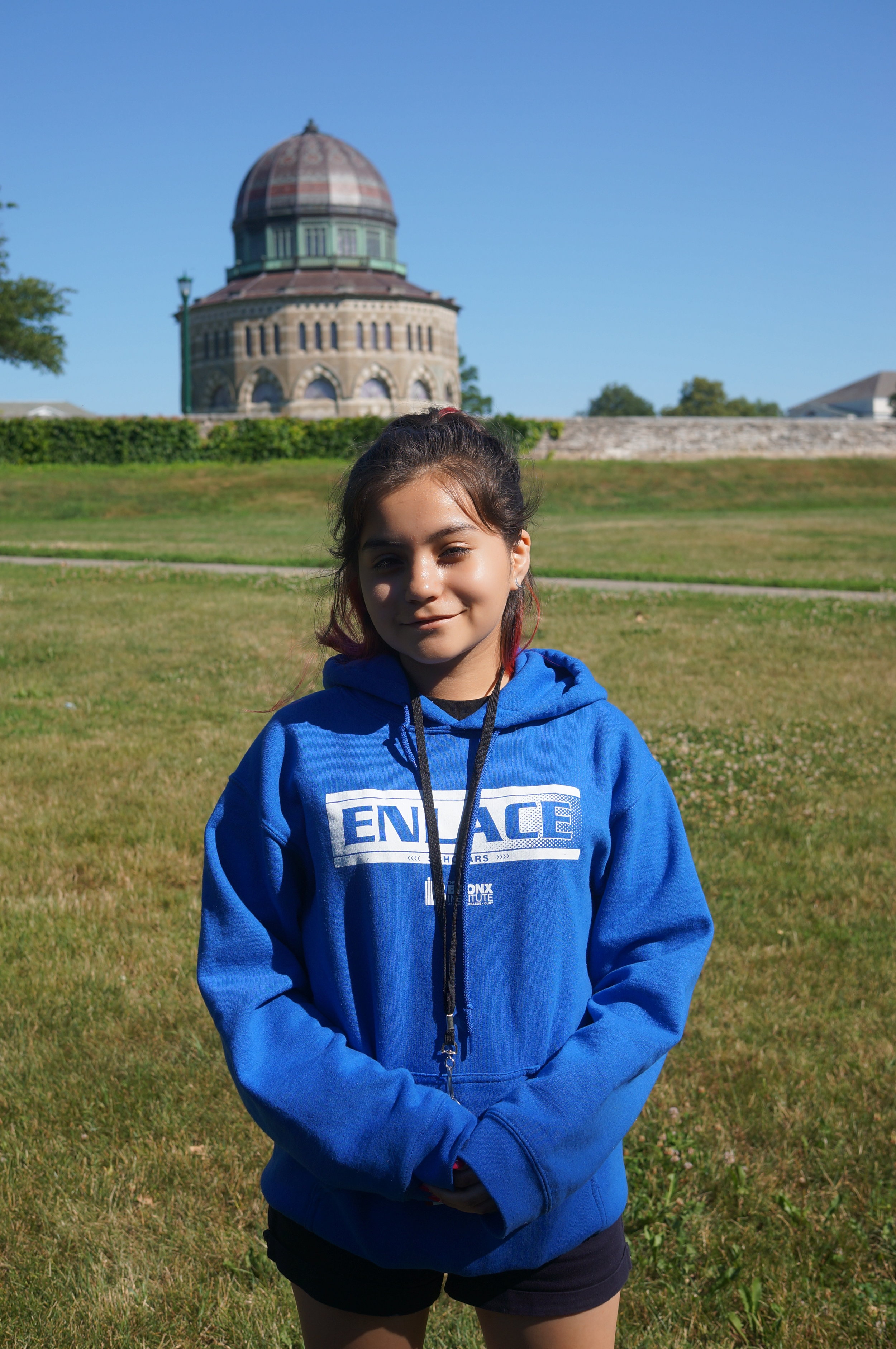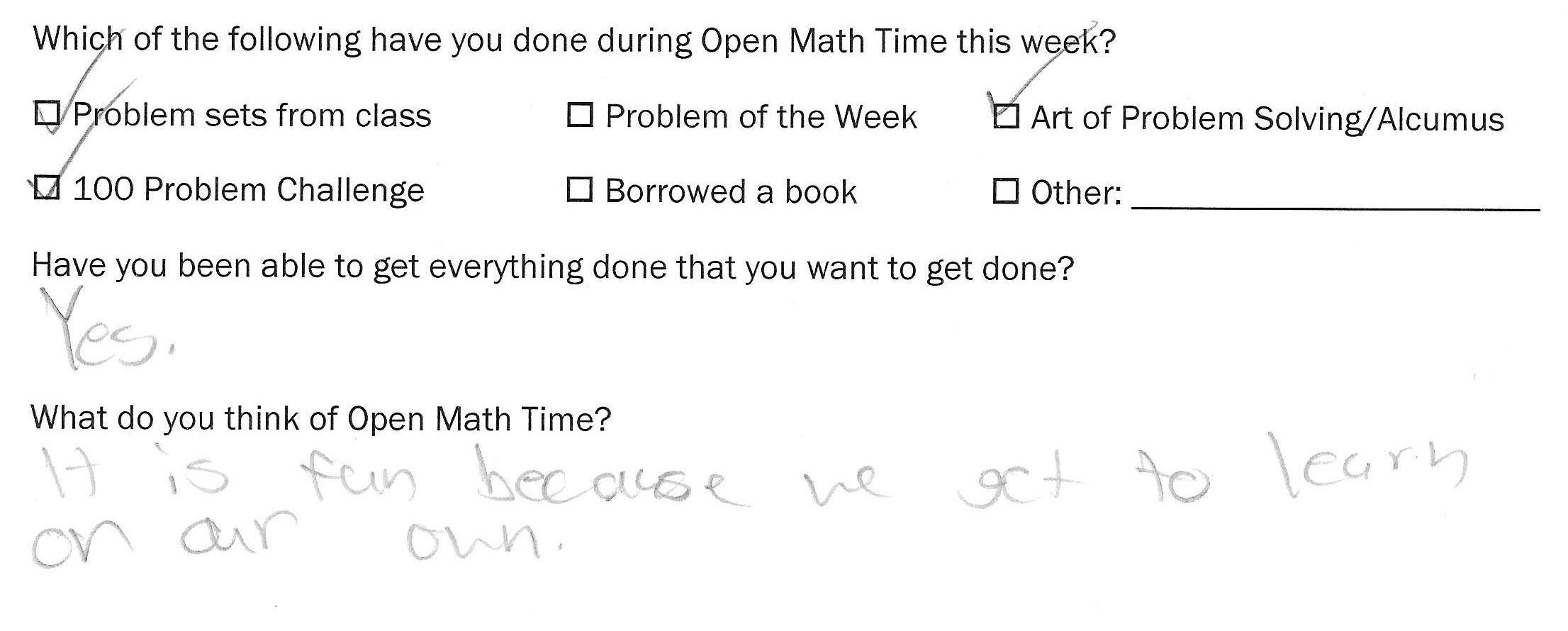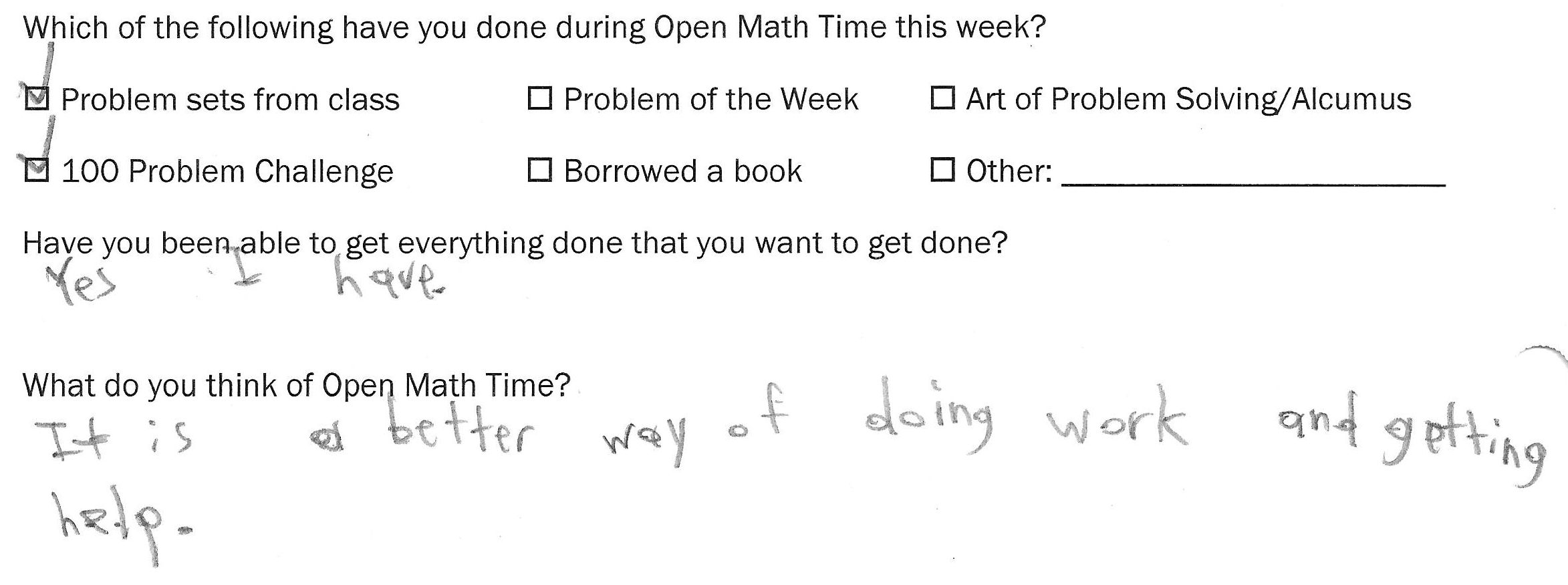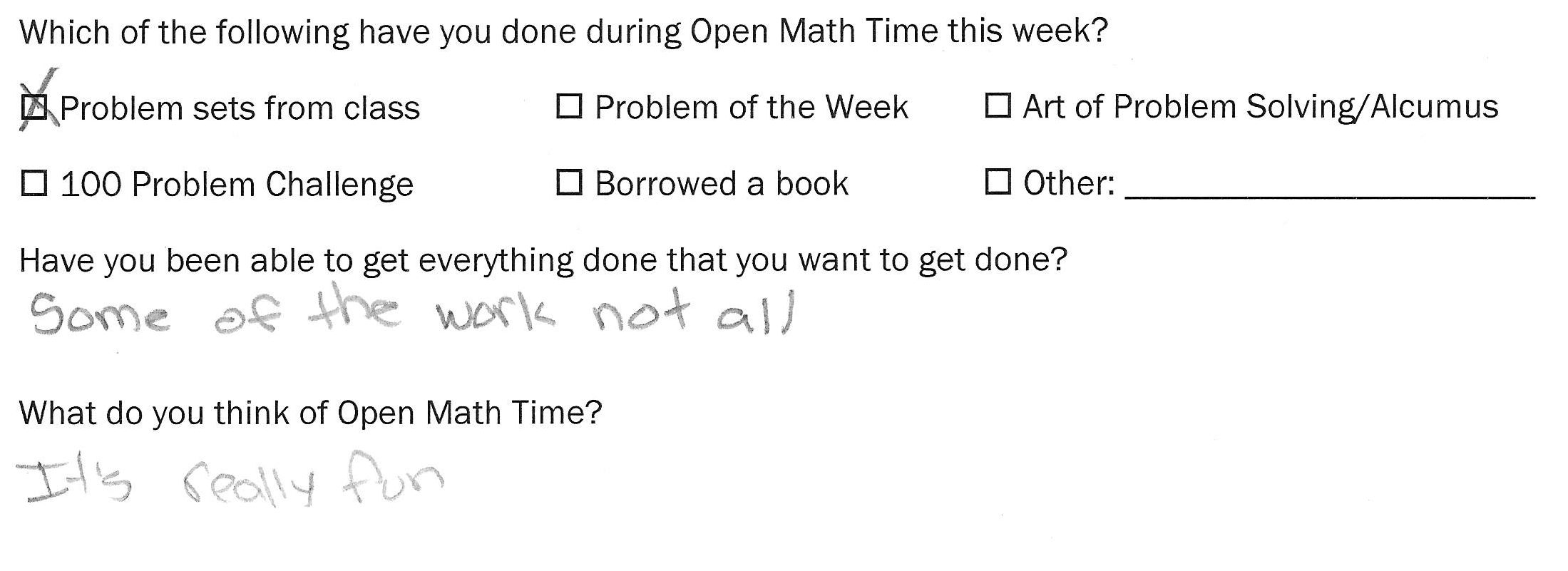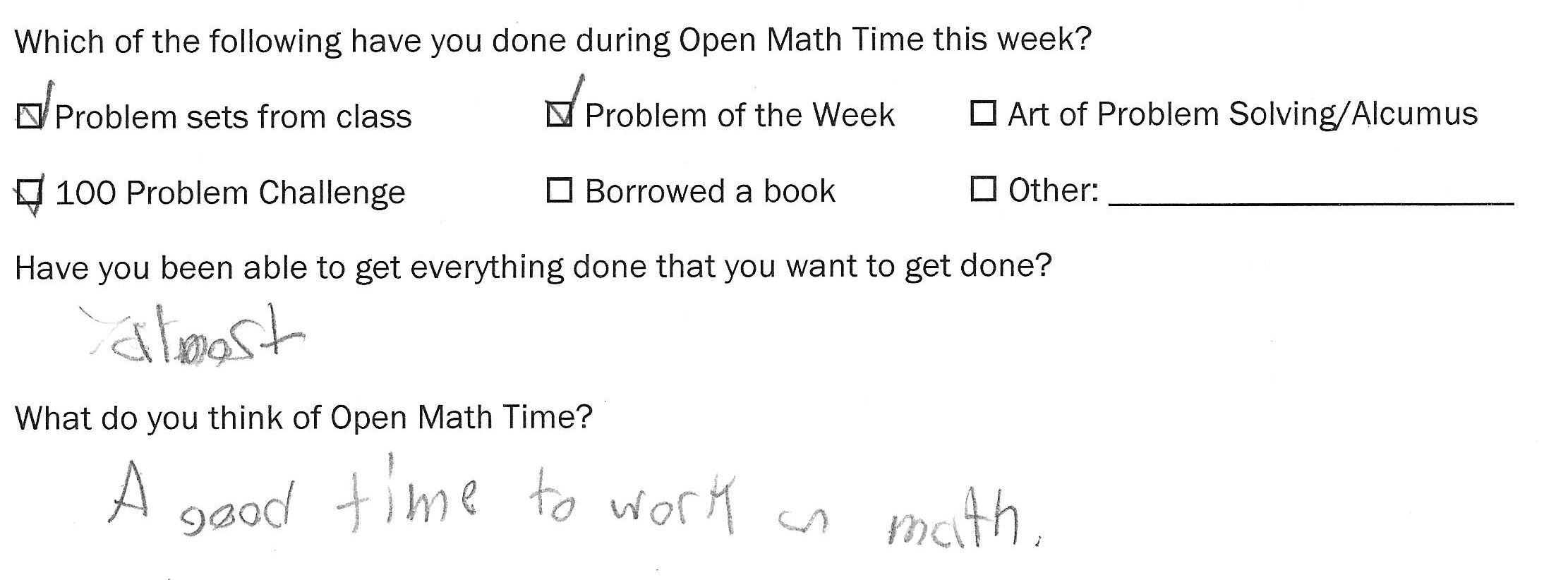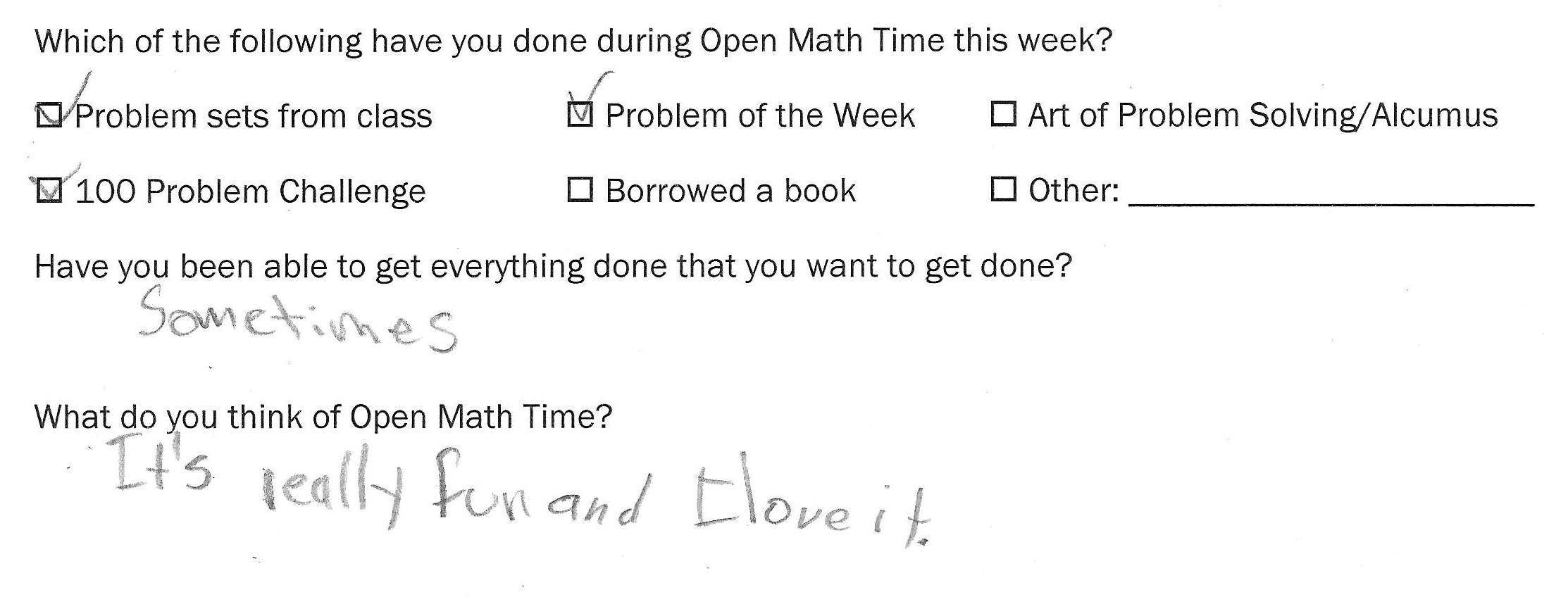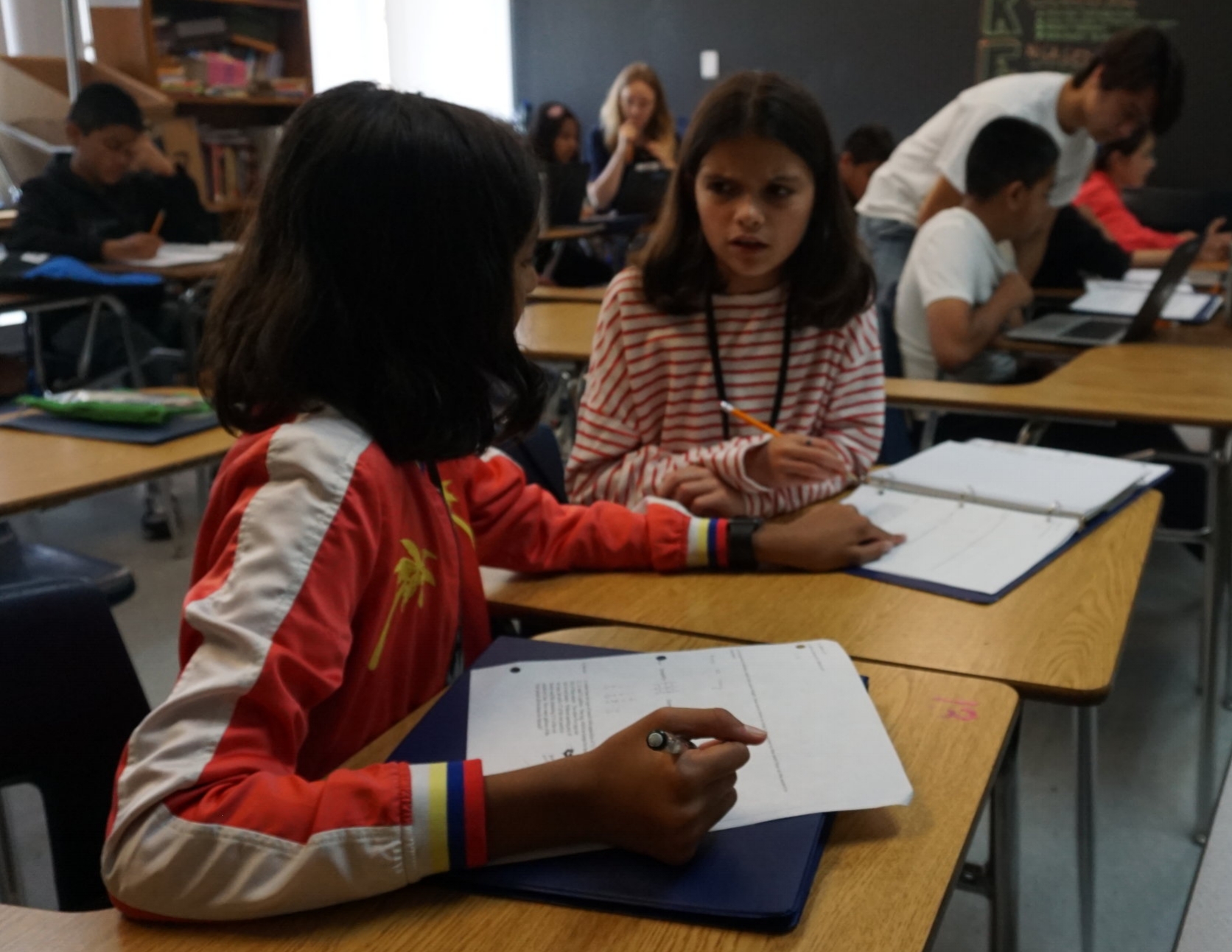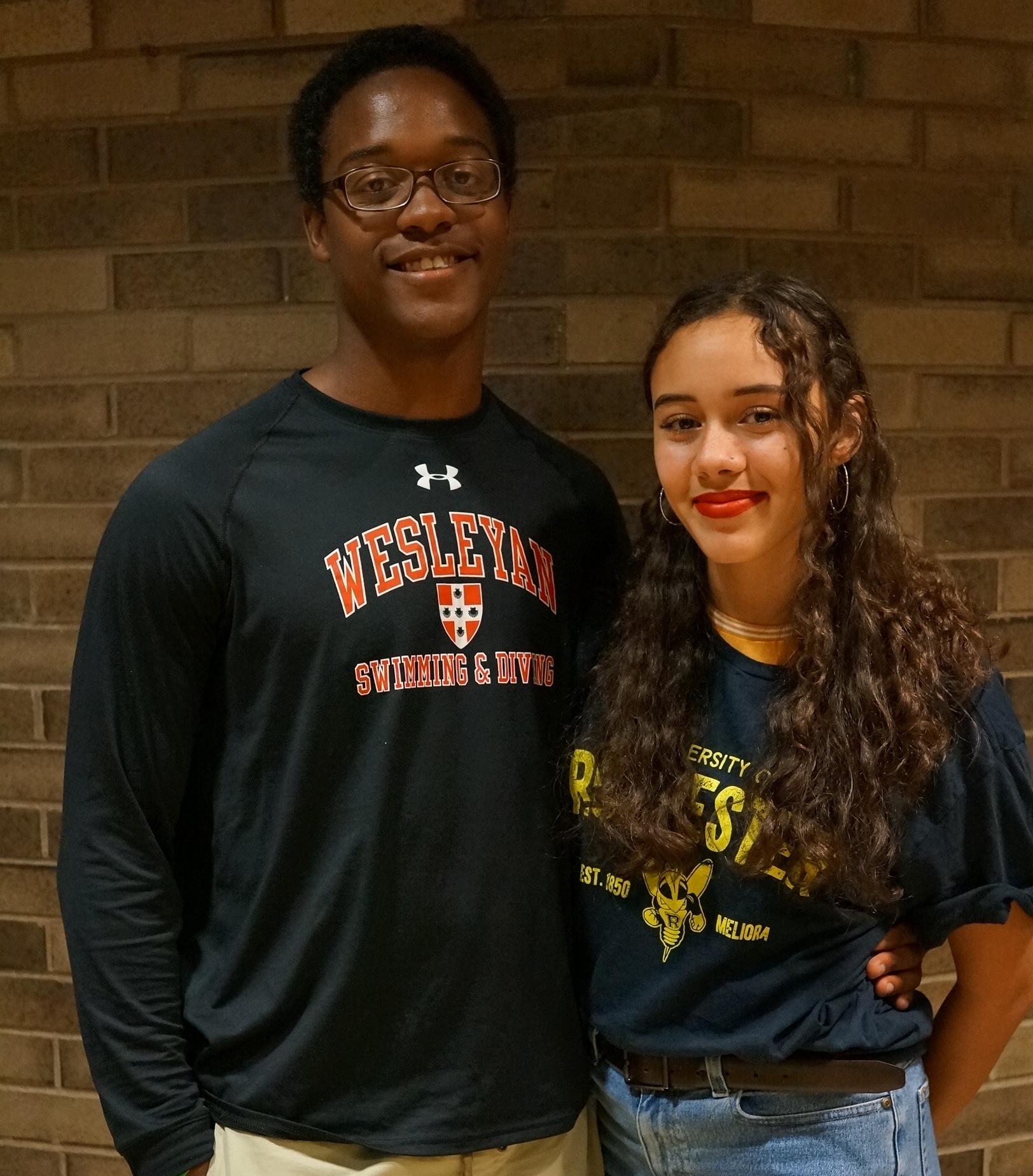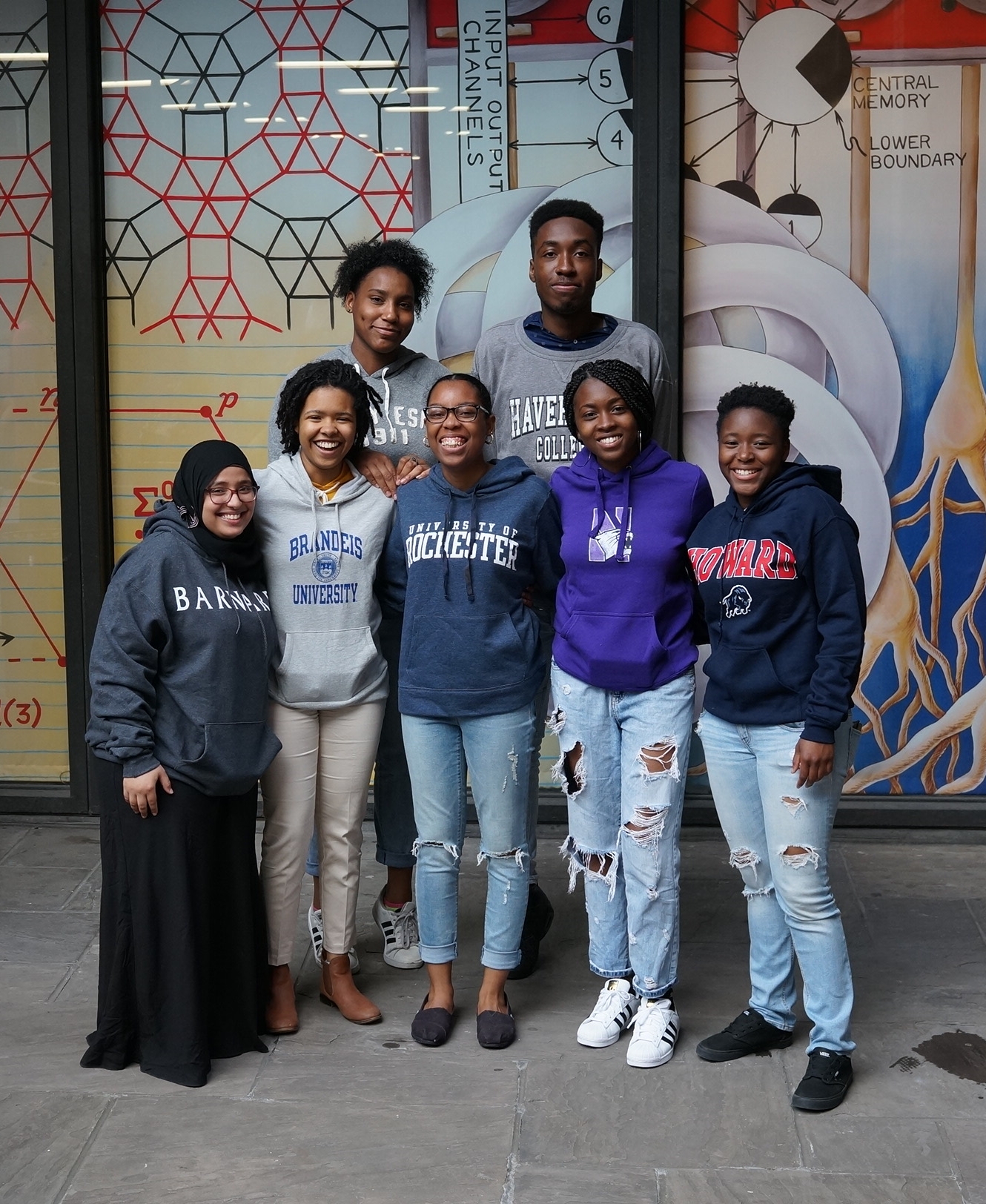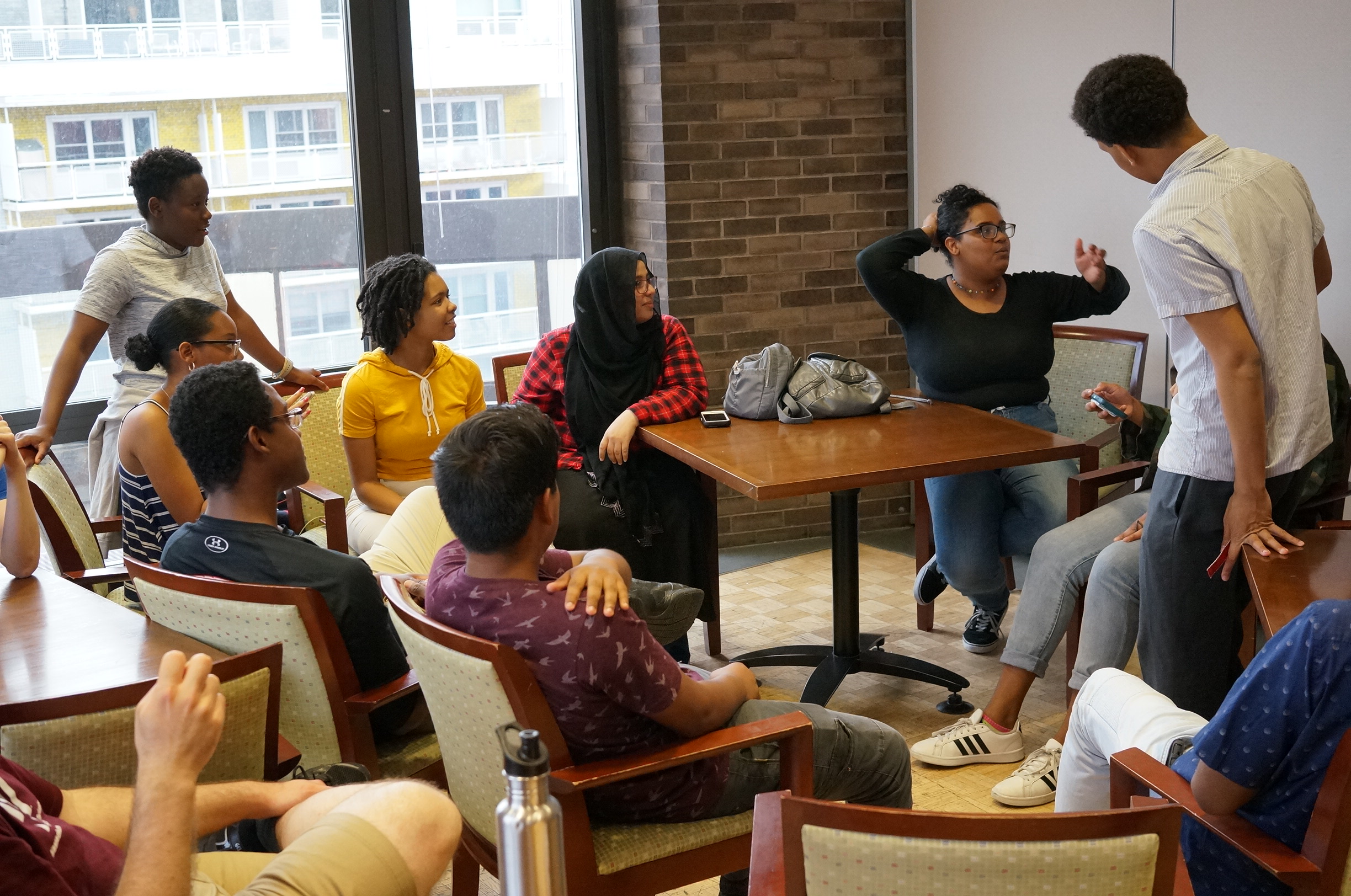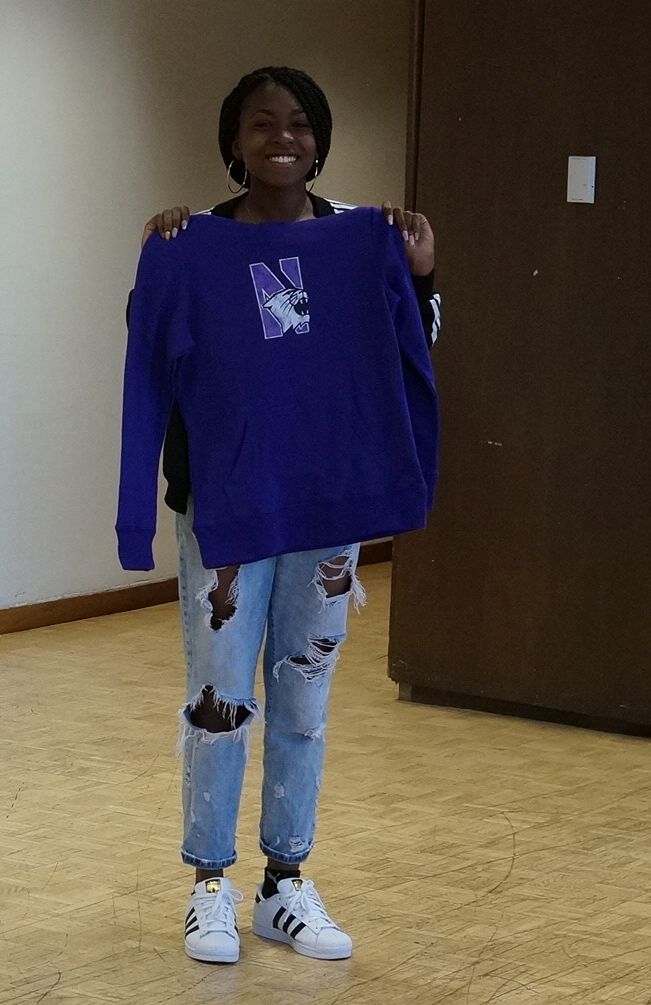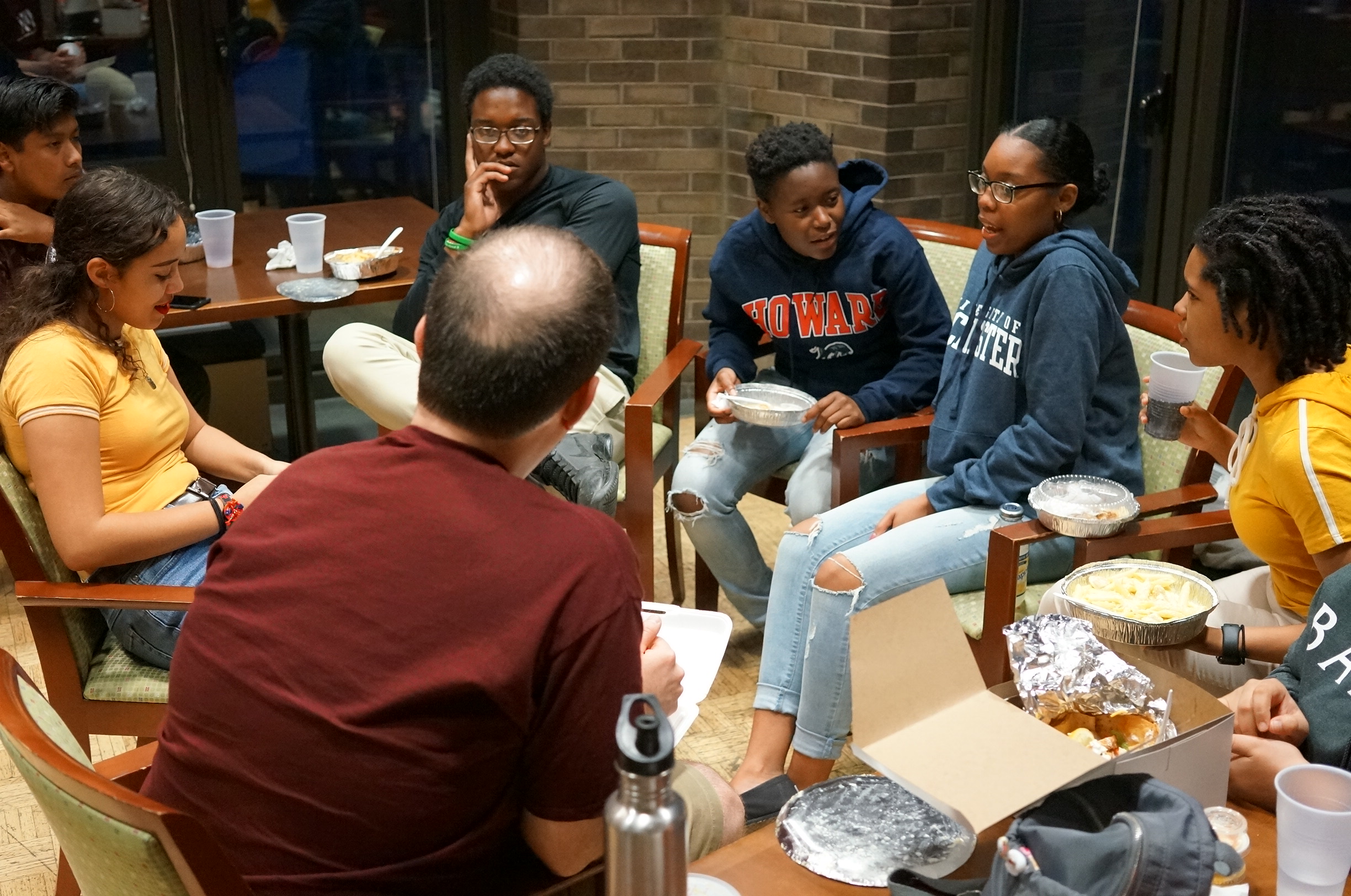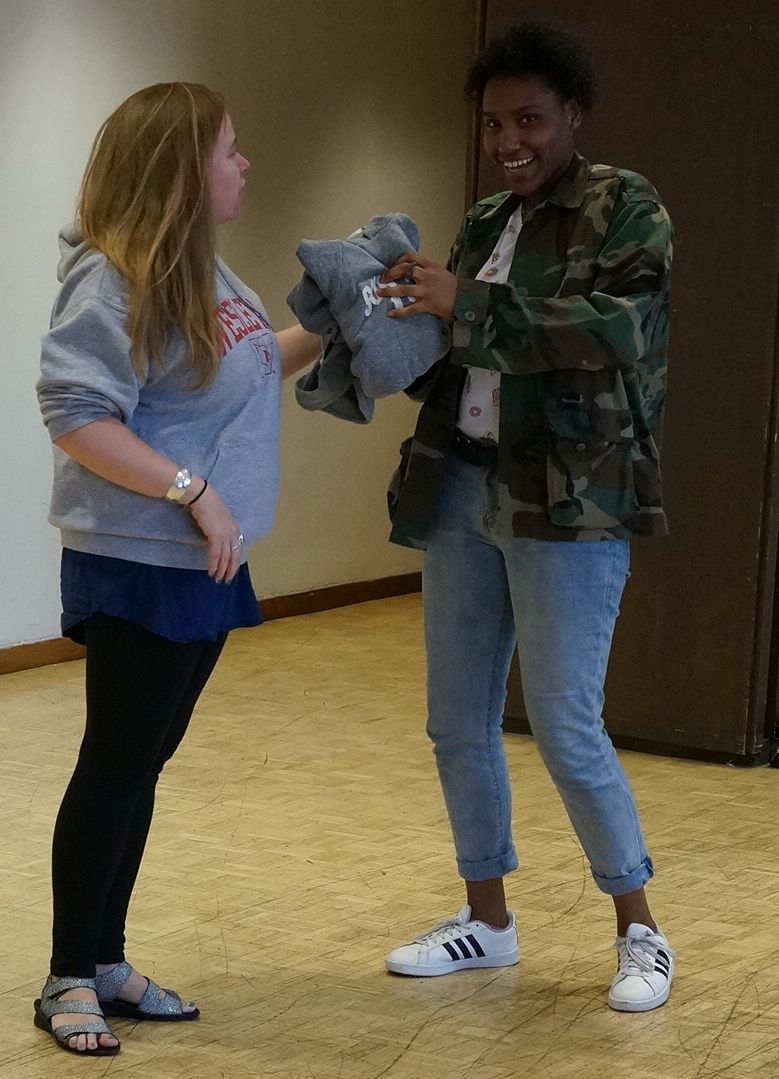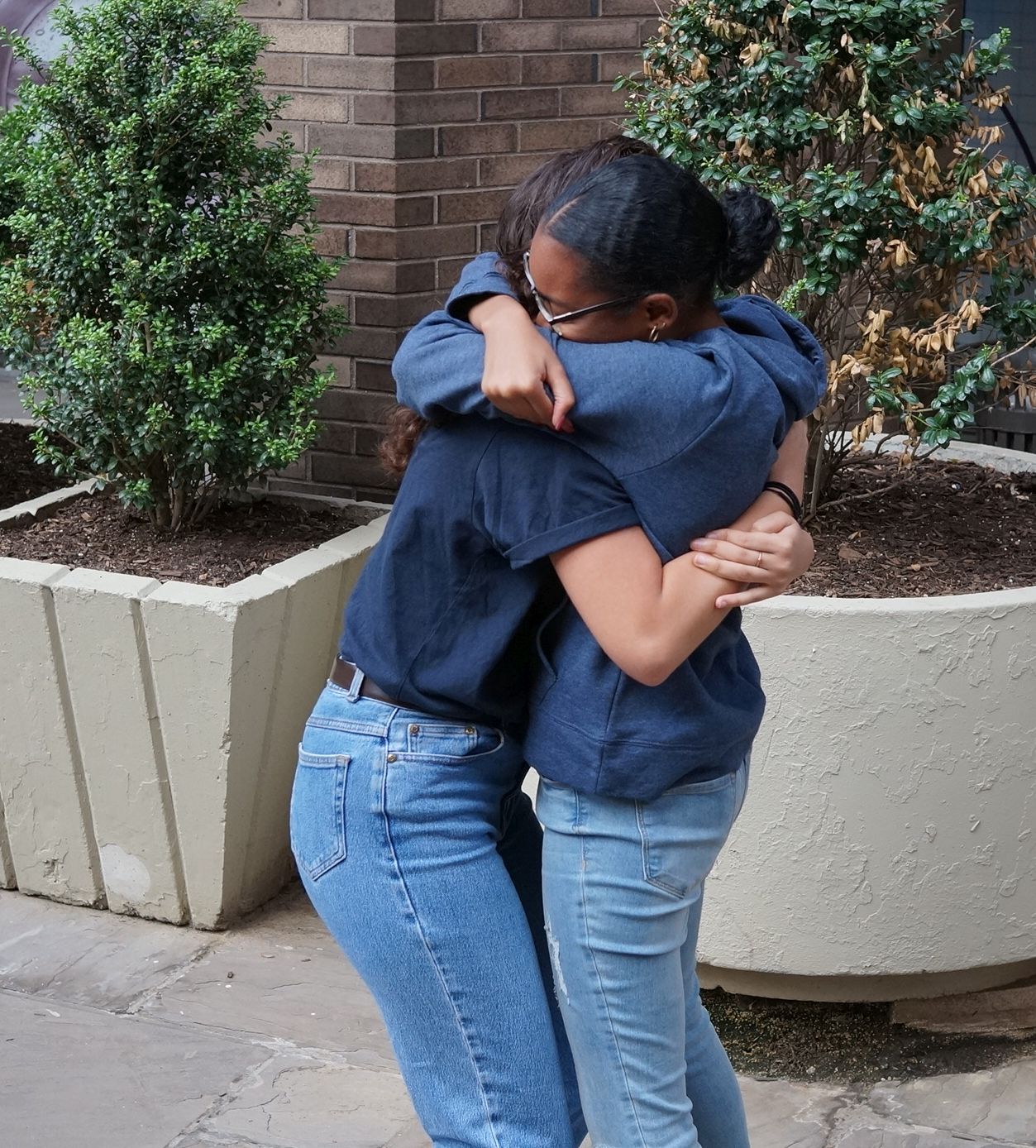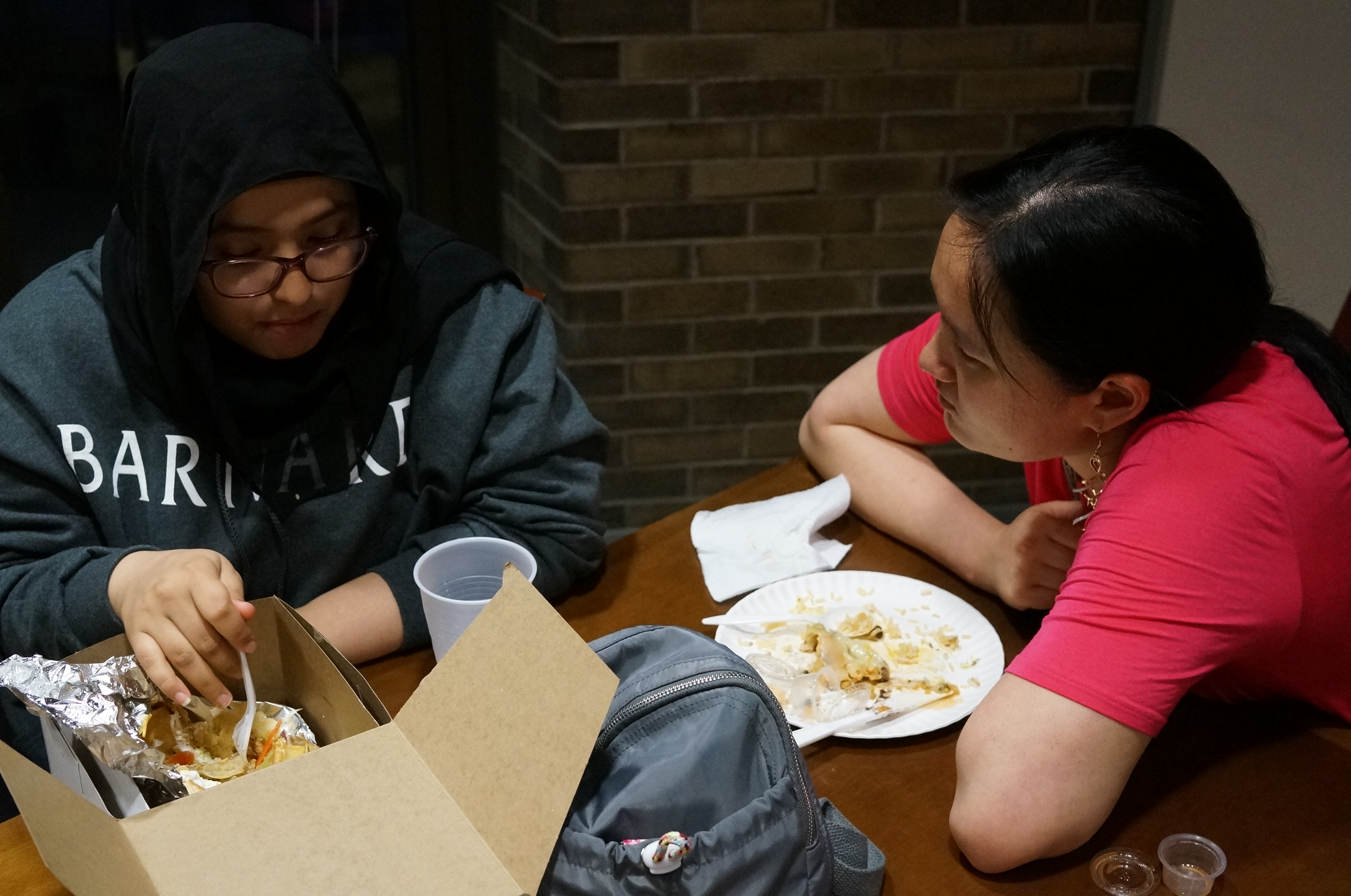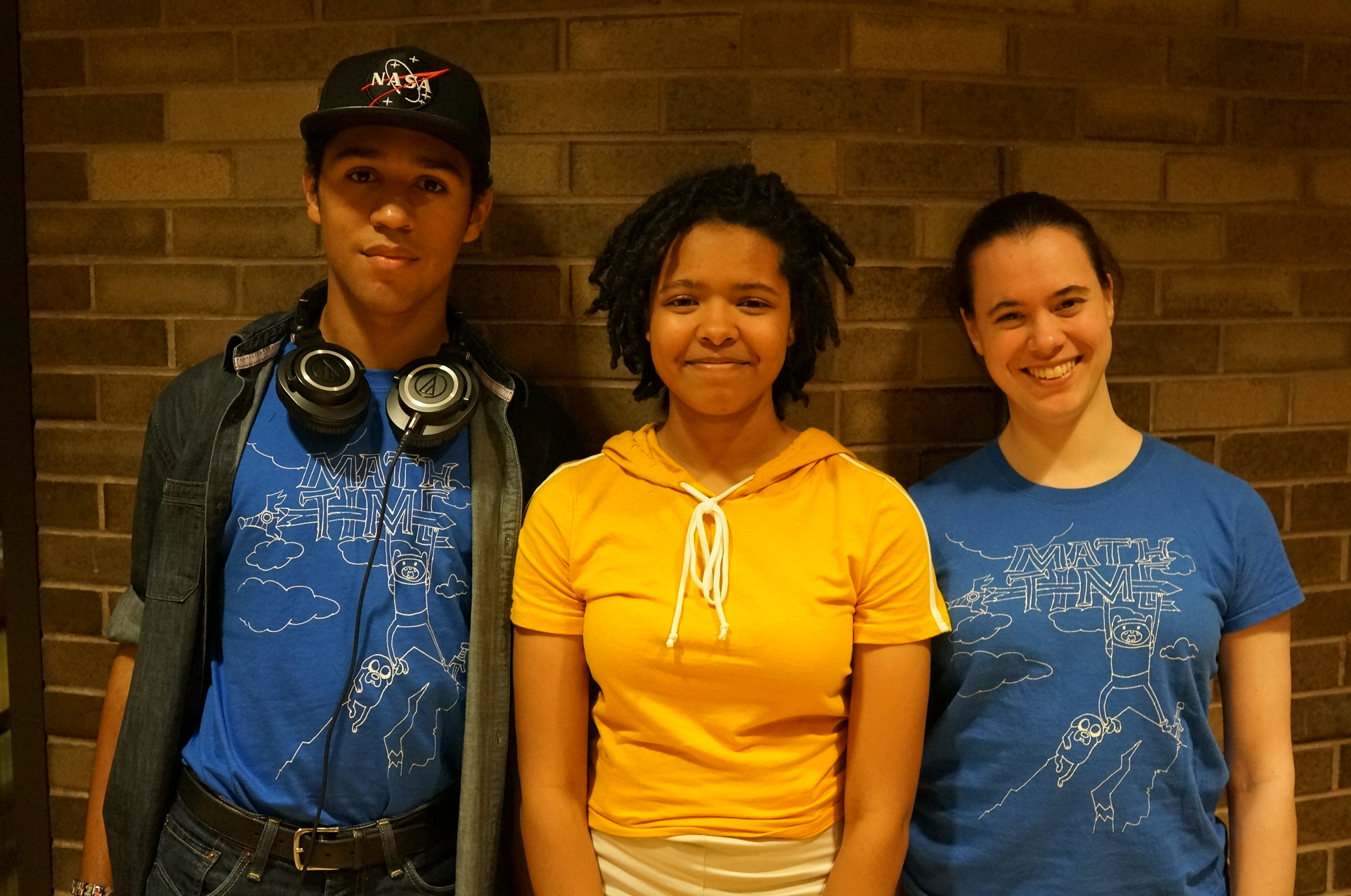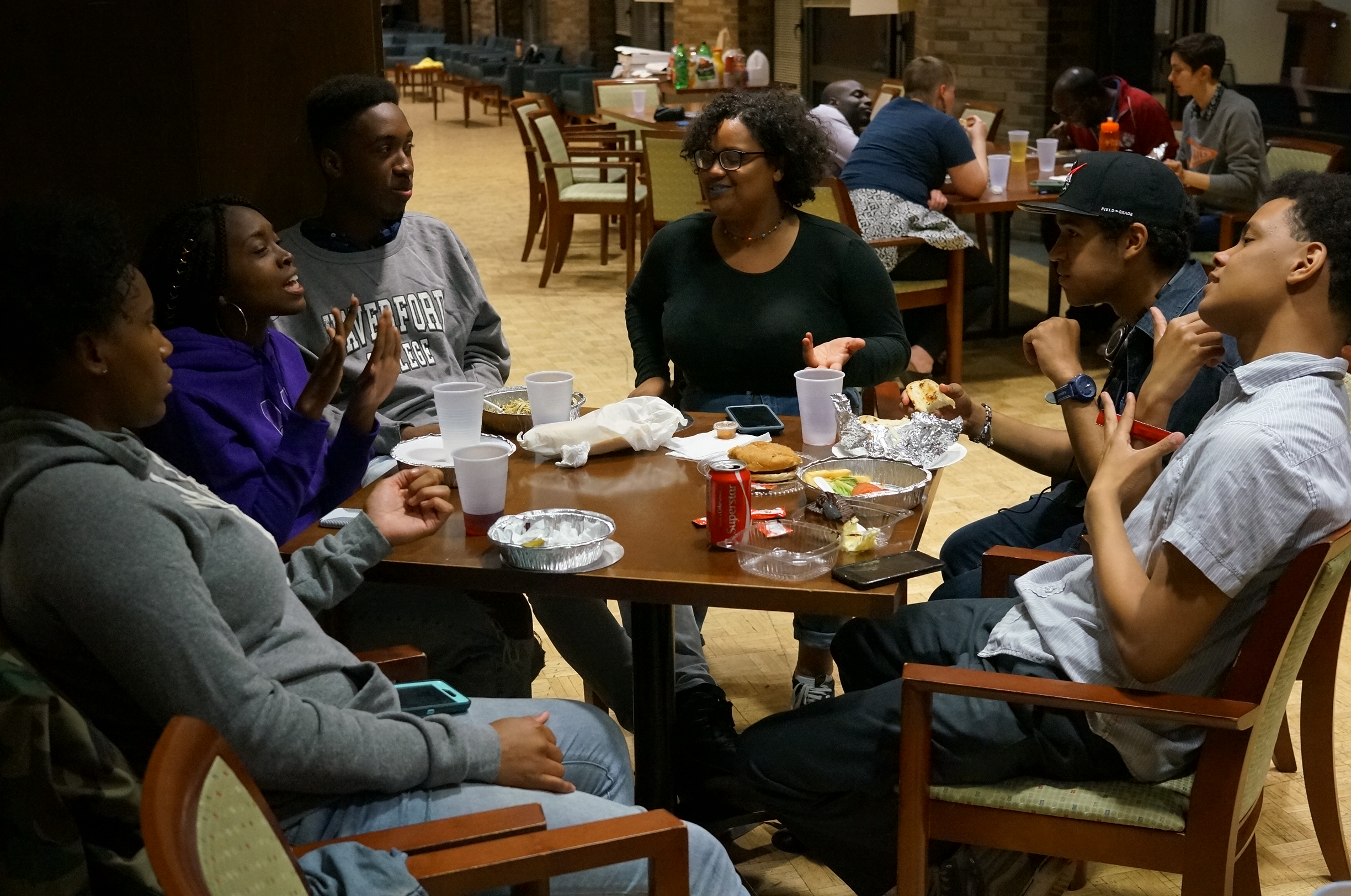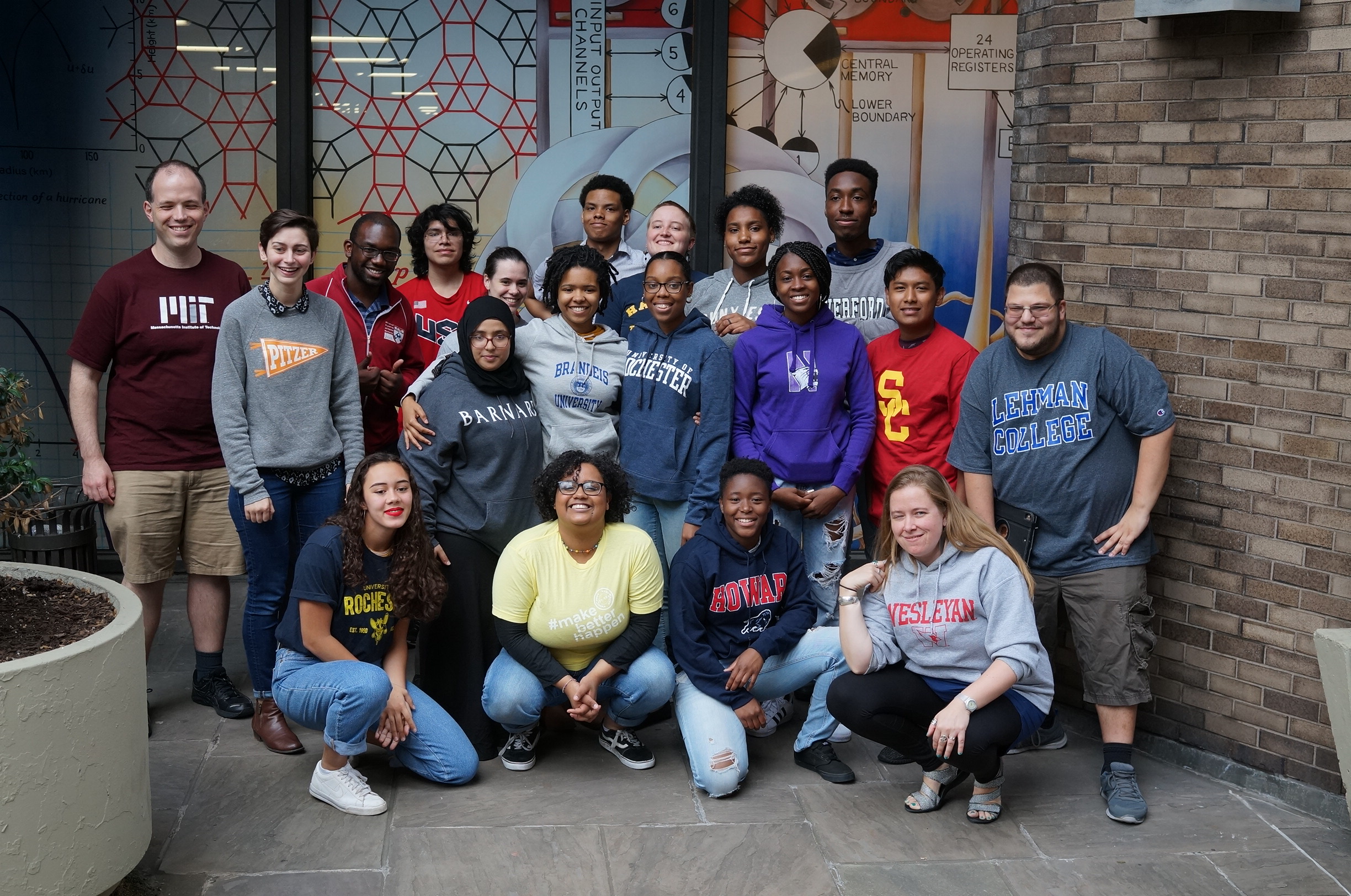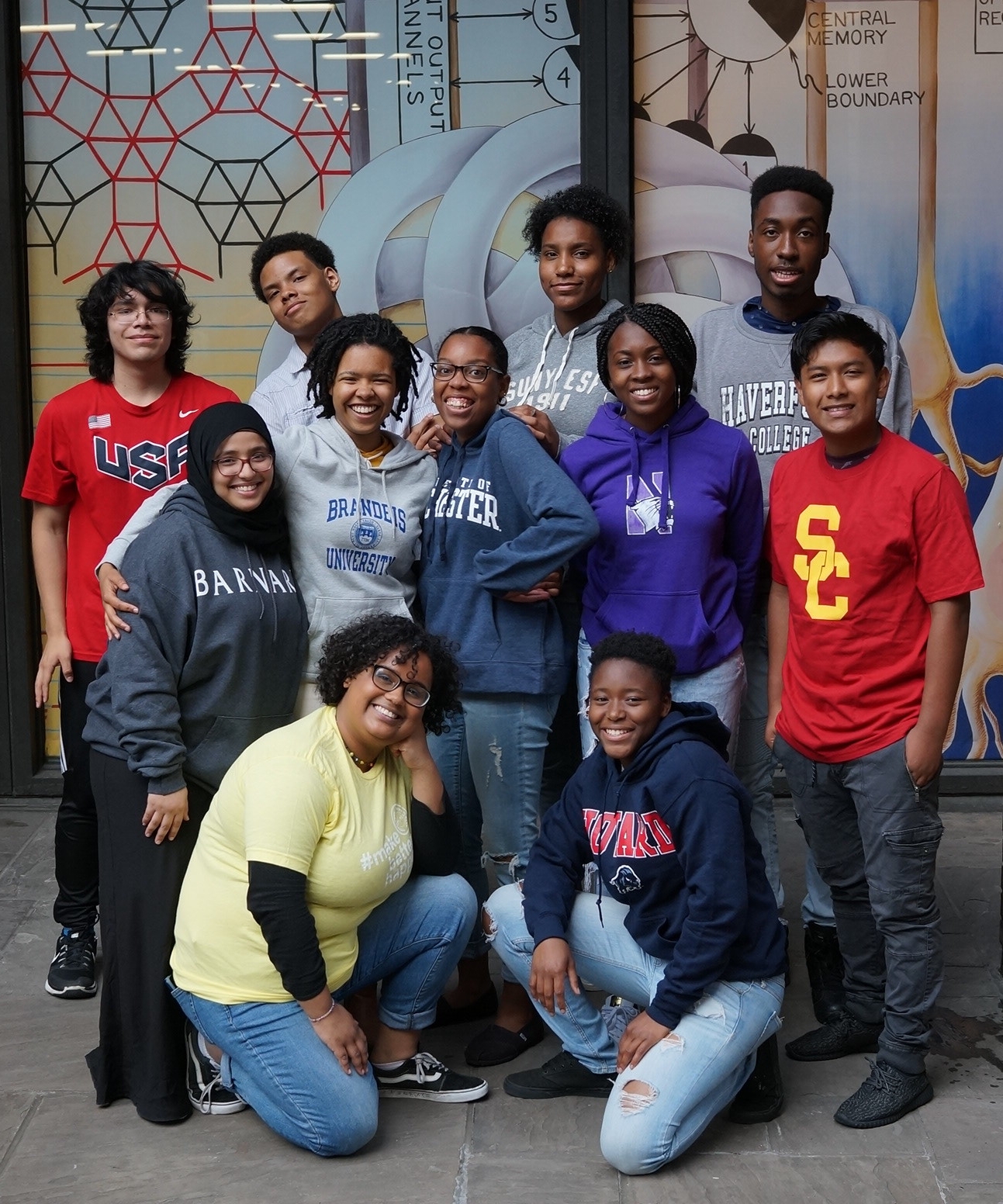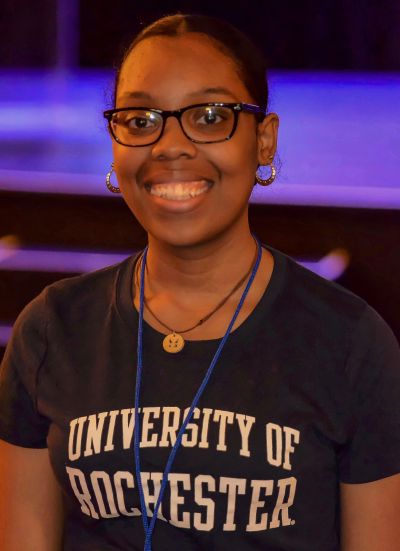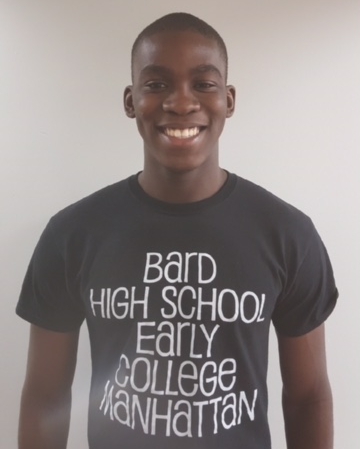Bobae!
Today, we’re showing you what a typical day at BEAM looks like! With things happening from 8AM to 10PM, we’re pretty busy all day long. This guest post is written by Bobae, a counselor at BEAM, who just finished her first year at Harvard.
8-9am: We begin with breakfast—what better way to get energized for the jam-packed day? The students can leave for breakfast with the counselors between 8:00 and 8:30. We head out to the cafeteria, where the kids get buffet-style options.
9-11am: The kids put their cell phones away until 7pm. (Don’t worry, if there’s an emergency, we will always make an exception!) From 9-11, the kids are in math class with a teacher and a teaching assistant. The classes are designed to let the students figure things out for themselves, and, frequently, the teaching assistants are not told the material ahead of time—so that they learn alongside the students! We like a collaborative and interactive learning environment.
11am-12:15pm: The students and counselors participate in fun activities, ranging from sports to arts and crafts to any other fun activities the kids can come up with. There are eight activities offered every day, but students only have time to participate in two! They can request whichever activities they prefer, and are assigned to their choices each morning.
12:15-1pm: Lunch. It’s a well-deserved and refreshing break from all of the learning!
1-3pm: We’re back in class. We all work together on cool math problems and ideas.
3:05-4:05pm: We have a second activity. The kids take another well-deserved brain break, followed by a ten-minute snack break at 4:05.
4:15-6:15: We’re in our last two-hour chunk of classes: the home stretch! Even though this may seem like a lot of class, the kids still stay incredibly engaged and enthusiastic through the entire day.
6:15-7pm: We eat our last meal: dinner. The main part of the day is finished!
7-8:20pm: After dinner, the kids get free time to socialize, play sports, do laundry, shower, or take naps. One of the most popular evening free time activities is just relaxing in the dorm lounge:
8:25-9:25: We have our last academic activity of the day: modules. Modules are a self-paced, self-motivated way of learning: We study topics that are more relevant to school math classes. Our past students say that modules were incredibly helpful in future math classes.
9:30-10:00: Hall meeting! Each floor meets with its two counselors to discuss the day: how it went, and any announcements for the next day. As a counselor, this is definitely one of my favorite parts of the day; I love getting to see the kids at the end of their day as they reflect on how camp is going.
10:30: Room check. Students must be in their rooms and ready for bed.
10:45: Lights out! We want to make sure the campers get a good night’s sleep before the next day begins.
And now…time to do it all over again!
